“I saw the angel in the marble and carved until I set him free.”
Toward the end of Michelangelo’s life, he really didn’t like Florence.
Michelangelo was the second of five sons and born in 1475 to a fame-obsessed father. As a teenager, he became the talented young apprentice of the Florentine painter, Domenico Ghirlandaio who famously said ‘This fellow knows more about art than I do’ about the young artist during the works of the chapel of Santa Maria Novella when coming across Michelangelo’s drawings. He was entrusted to Lorenzo de’Medici’s patronage from the ages of 15-18, even getting an allowance of five ducats a month of pocket money and being treated as a treasured guest or even a son.
You probably already know Michelangelo’s great works: “David,” the “Pieta” and of course the ceiling of the Sistine Chapel, but my personal favorite work by him is one that many don’t really pay much attention to, a wooden crucifix in Santo Spirito church, more on that below.
Michelangelo’s love/hate relationship with Florence solidifies (to me) that he is a true Florentine (despite being born in Caprese). In order to be a true “native”, you must be a seasoned skeptic. Also , I have wonder if part of some resentment came from his early time as an artist, after enjoying a pretty good childhood and patronage with Lorenzo de Medici, he also had to succumb to society at the time which was anything but stable.
For example, the rise and fall of Girolamo Savonarola, a fiery Dominican friar and puritan fanatic or as I like to refer to as a “real buzzkill.” To be fair, he did bring about positive change in the form of providing relief to the poor, help with unemployment and discourage the tyranny of one-person rulers. During his rise, the ruling Medici family was banished and Michelangelo left to Venice and Bologna during this turbulent time.
However as it happens with many egos in this world, Girolamo took it a little too far. As the city recovered from various ailments and the effects of the plague, Savonarola encouraged people to purge themselves of anything pleasurable or relaxing, including art that depicted nude forms, including the very soul of humanistic artistry during the Italian renaissance into a 60 foot ‘Bonfire of the Vanities’ in Piazza della Signoria. He was then excommunicated by the Pope and the people of Florence turned on him, where he was then burned on the same spot where the bonfire of the vanities had taken place (where now lies a plaque embedded in the ground).
Before he died, Michelangelo di Lodovico Buonarroti Simoni, master sculpture, artist, visionary, creator of the David, had enjoyed an illustrious 70 year career though at the time of his death he preferred to spend his time under the Pope’s rule in Rome.
At this point, his relationship with the city of Florence had gotten dicey due to fierce changes of power and plus, work was picking up under the Popes. According to HIstory.com “Beginning in 1505, Michelangelo worked for nine consecutive Catholic pontiffs from Julius II to Pius IV.
His breadth of work for the Vatican was vast, and included everything from crafting ornamental knobs for the papal bed to spending four grueling years painting the ceiling of the Sistine Chapel.”
He died in 1564 at the age of 89 in Rome, after the Buonarroti and ruling Medici family wanted to bring his body back to give him the honor he deserved. His nephew Lionardo was able to steal his uncle’s body and bring it back to Florence thanks to the help of the Duke Cosimo I de’ Medici who also commissioned the tomb from artist Giorgio Vasari which was finished in 1578.
Keep in mind that this was after 25 days following his death, and despite the obvious issues you would think would occur when having an open casket viewing, they decided to have one anyway. But to everyone’s surprise (from Vasari’s “The Life of Artists”)..
“This done, when he and all the rest of us present thought to find the body already marred and putrefied, because Michelangelo had been dead twenty-five days and twenty-two in the coffin, we found it so perfect in every part, and so free from any noisome odour, that we were ready to believe that it was rather at rest in a sweet and most peaceful sleep; and, besides that the features of the face were exactly as in life (except that there was something of the color of death), it had no member that was marred or revealed any corruption, and the head and cheeks were not otherwise to the touch than as if he had passed away but a few hours before.”
His tomb was placed inside of the Basilica of Santa Croce, a place where upon entering you lay witness to the powerful contributions that great people have given us – Michelangelo to the right, Galileo to the left. Coincidental? Probably not. As is always the case with churches, symbolism is omnipresent, a bit like the deity they are dedicated to worship.
Everything has meaning, and with a city with a history as old and dynamic as that in Florence, the stories these places contain closely resemble that of an onion. Or if onions aren’t your thing, a chocolate orange. With each layer you are privy to a window into a places very soul, and we never stop discovering new, interesting layers.
Funny enough I asked Donata Grossoni of Opera di Santa Croce (where lies Michelangelo’s tomb) whether or not the great master wanted to be buried in Florence and she answered quite honestly with “no, he died in in Rome because he was happy to stay there. He didn’t get along at all with Cosimo I because he was a tyrant for him. He couldn’t stand the type of politics he represented.” This has a lot to do with Michelangelo’s support for a Republican government of the people and he even helped with the city’s fortifications.
Despite this tenuous past with the Medici family, Michelangelo was such a symbol, they couldn’t let his body remain in Rome. Donata told me “You need to keep in mind cultural politics at the time. Probably Cosimo knew that Florence wouldn’t be that strong politically around Europe as his successor used to be so the thing that Florence could be famous for was its arts and sciences. You enter Santa Croce and immediately you see the biggest artist and the biggest scientist (Galileo).”
In fact it’s with noting that Cosimo I de’ Medici also founded the Accademia di Belle Arti di Firenze (academy of fine arts of Florence) as an academy of the arts with Donata also noting as a way to “control the arts and the exports of the art” offering another reason why it was important to have Michelangelo’s body in Florence.
Where To Find Michelangelo in Florence
Besides the “David,” housed in the Accademia museum in Florence and The Uffizi Gallery home to his painting of the Holy Family with the Infant and St. John the Baptist(c. 1506-1508) by Michelangelo, there are several other places where you can enjoy Michelangelo’s influence and works. Here are a few of my favorites.

- Casa Buonarroti, a house formerly owned by Michelangelo which has now turned into a small museum with several of his drawings and sculptures.
- Museo Nazionale del Bargello is home to Michelangelo’s Bacchus, a statue (1496-7) depicting a tipsy Bacchus (God of Wine), one of only two surviving sculptures from the artist’s first period in Rome.
- In the Basilica of San Lorenzo you can see Michelangelo’s Sagrestia Nuova in the Medici Chapels and his architectural design work in the Laurentian Library.
- Museo dell’Opera del Duomo is one of my favorite museums in the city and is home to a prize collection of items from the Santa Maria del Fiore (Duomo). Here you will find the Florentine Pietà by Michelangelo (the original is in Rome)
- In the great salone dei cinquecento in Palazzo Vecchio you will spot Michelangelo’s statue “The Genius of Victory” originally intended for the tomb of Pope Julius II in Rome
- Santo Spirito Church hosts a wooden Crucifix completed by Michelangelo in 1493. This was a gift by the young artist to the sitting prior who allowed him to learn about the human body through the dissection of corpses.
#InTheNameOfMichelangelo – Restoring Michelangelo’s Tomb
As you might have guessed, Italy is constantly having to restore its great wealth of cultural heritage. Now the item in need and the reason I’m writing so much about Michelangelo is to help fund the restoration of his tomb in Santa Croce which aims to raise 100,000 euros for the cleaning and diagnostic investigation of the tomb and for the restoration of the altarpiece, which has been damaged by the 1966 flood and is now in an alarming state of conservation.
The tomb is a mixed media project consisting of a fresco painting and sculptures: the bust portraits of Michelangelo, and three sculptures dedicated to the his greatest achievements, sculpture, architecture, and painting. The tomb consists of a large wall painting and three sculptures dedicated to the his greatest achievements, namely, sculpture, architecture, and painting. It is directly at the right of the entrance of the church and has always been a place of reverence and respect, for pilgrims and lover’s of art alike.
It lies next to the underrated alter of the Buonarroti family with a large painting by Vasari which has long been obscured by dirt, candle smoke, and yellowed varnish, the last time it was cleaned was over 20 year’s ago. The wooden support is at risk as well because of terminates. Funny enough, I asked how they can combat this and it’s really a matter of suffocating the bugs by putting a huge airless sack around the artwork.
The restoration operations are scheduled to begin in November, with the cleaning of the monumental sepulchre, which is predicted to conclude by March 2018, on the occasion of the anniversary of the birth of Michelangelo.
How to Donate
Opera di Santa Croce has partnered with King Baudouin Foundation USA, named after the late king of Belgium and established in Brussels in 1976. This Foundation makes it possible for Europe-based entities like OSC to offer 100% tax-deductible giving for US taxpayers. More on how to donate from both the USA and Europe can be found here.
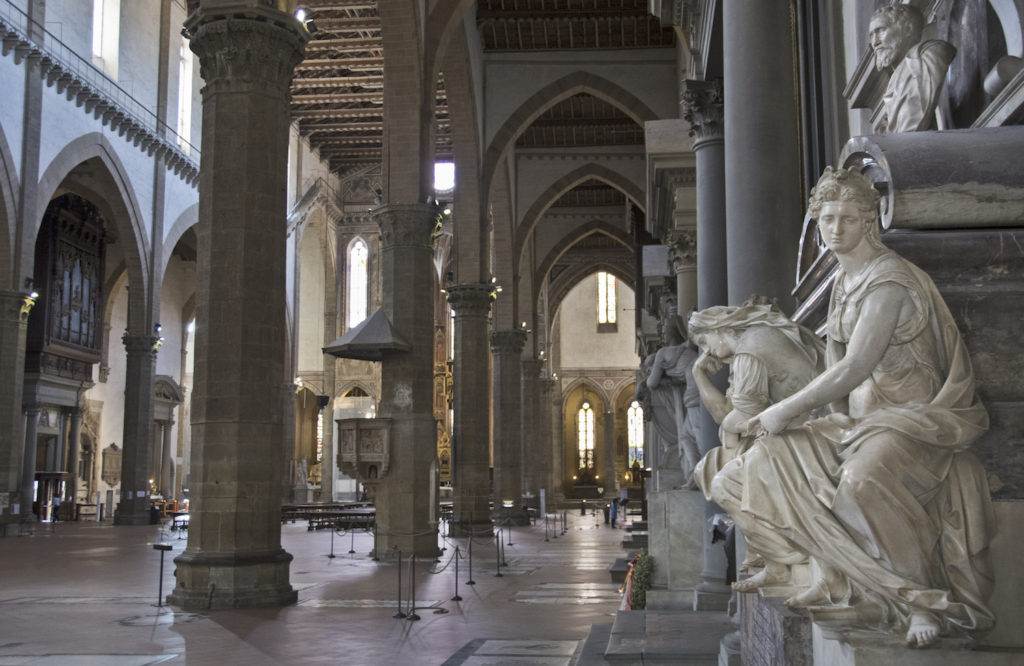
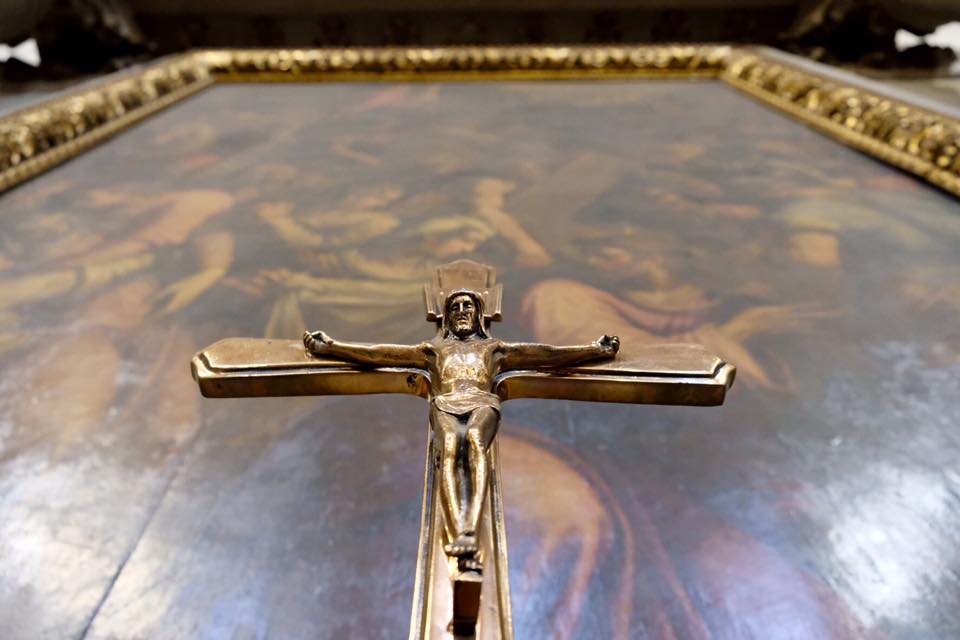
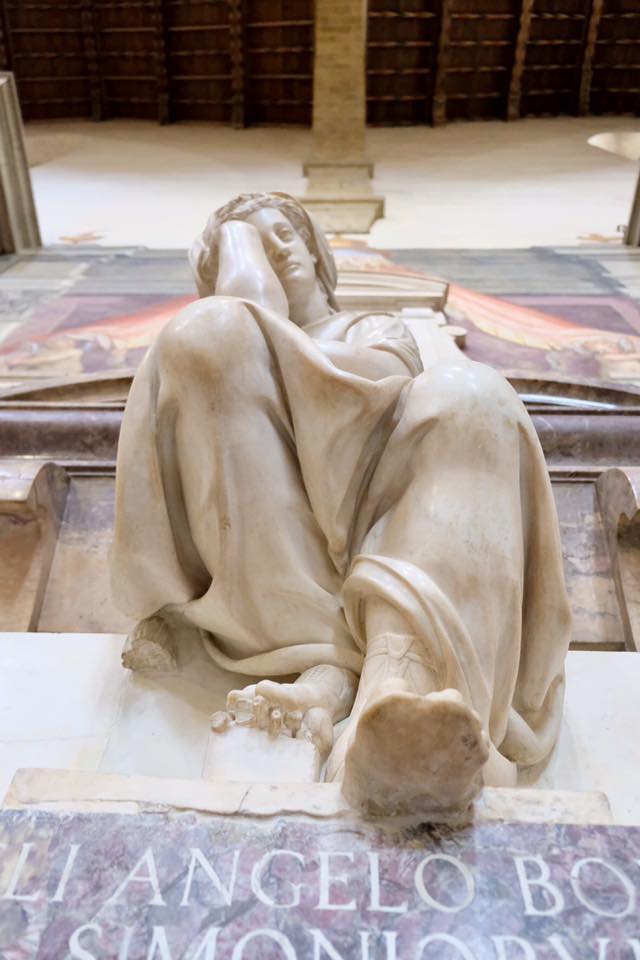
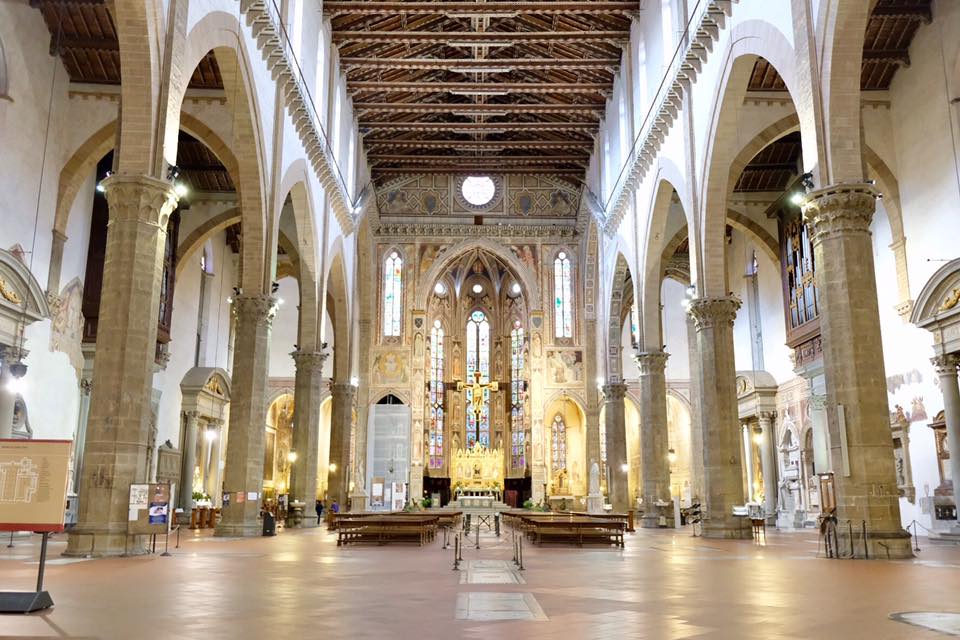
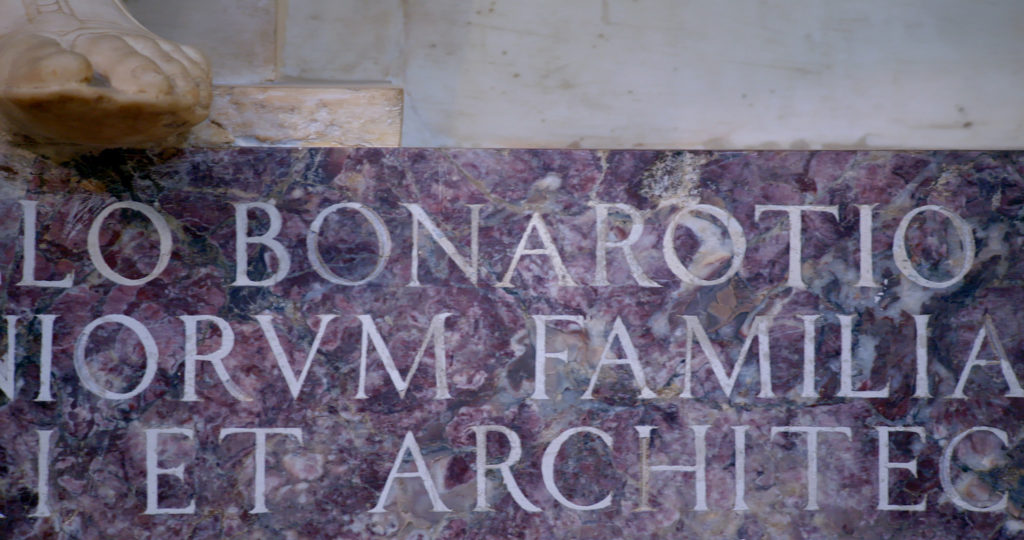
By donating you will have the chance to honor this artist and his final resting place in Santa Croce Church, a place open to all. Keep in mind that any size donation is welcome.
I had the fortune to enjoy an early morning visit of the tomb with the Opera di Santa Croce team, Paola Vojnovic and Donata Grossoni who gave Caterina of Lonely Traveller and I a walk through before anyone else visited the church (moments when I am grateful for the work that I do).
The tomb consists of a large wall painting and three sculptures dedicated to the his greatest achievements, sculpture, architecture, and painting.
Looking closely at Vasari’s painting you can’t help but notice Michelangelo’s face in the painting adjacent to the tomb. According to Vasari’s Lives, when Michelangelo was a teenager, he got into a fight with Pietro Torrigiani who was another young sculptor and broke his nose with a punch. Since then, Michelangelo’s profile changed forever. We can still notice that “boxer” nose and how it characterises Michelangelo’s portrait on his tomb and the family altarpiece.
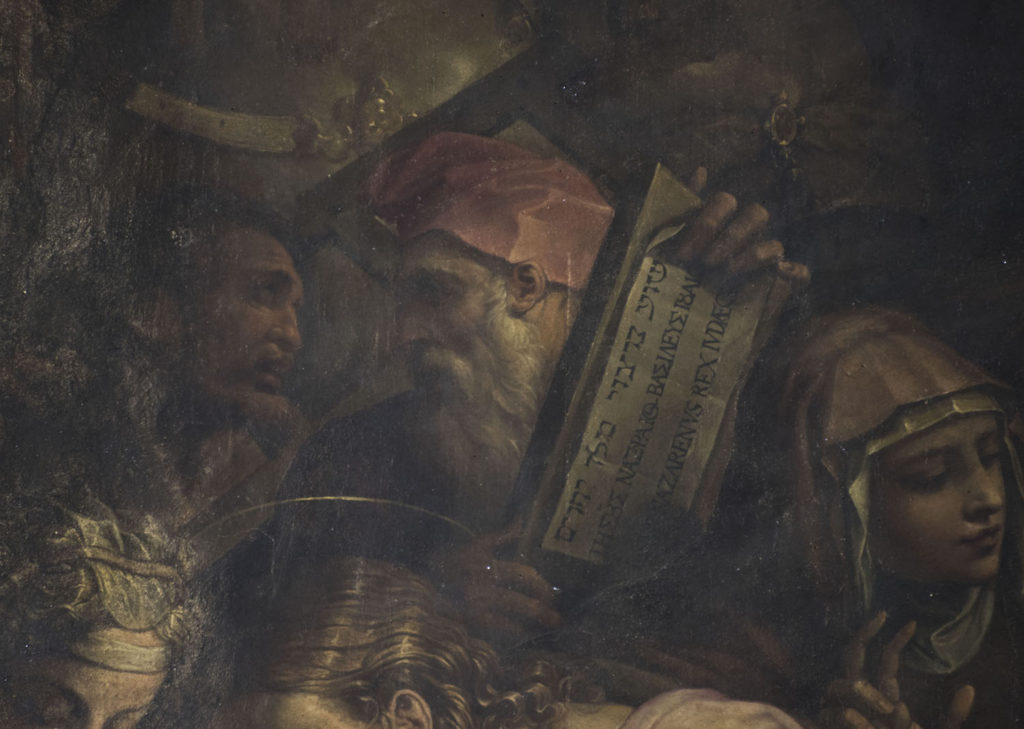
A little background on this organization. The Opera di Santa Croce is a non-profit body that has been in charge of the church and monumental complex’s upkeep since the 14th century. They received no public funding and rely solely on the generosity of private donations to help the upkeep of Santa Croce’s cultural heritage.
*Additionally for those residing in NYC, you can head to the MET museum for their current exhibition “Michelangelo: Divine, Draftsman & Designer” until February 12th, 2018 where you can enjoy a stunning range and number of works by the artist: 128 of his drawings, three of his marble sculptures, his earliest painting, his wood architectural model for a chapel vault, as well as a substantial body of complementary works by other artists for comparison and context.
Other Michelangelo Resources
-
Hiding in Plain Sight: Vasari and Michelangelo at Santa Croce – Santa Croce in Florence
- The Florentine – “Michelangelo’s tomb: five fun facts you probably didn’t know“
- Lonely Traveller – “In the Name of Michelangelo.” (Italiano)
- Visit Florence – “Following Michelangelo’s footsteps.”
- Vasari’s Lives of the Artist: Michelangelo Buonarroti.
- In The Name of Michelangelo: You Can Help Restore His Tomb! by Drawright.
-
Michelangelo, Vasari and their Women – Santa Croce in Florence

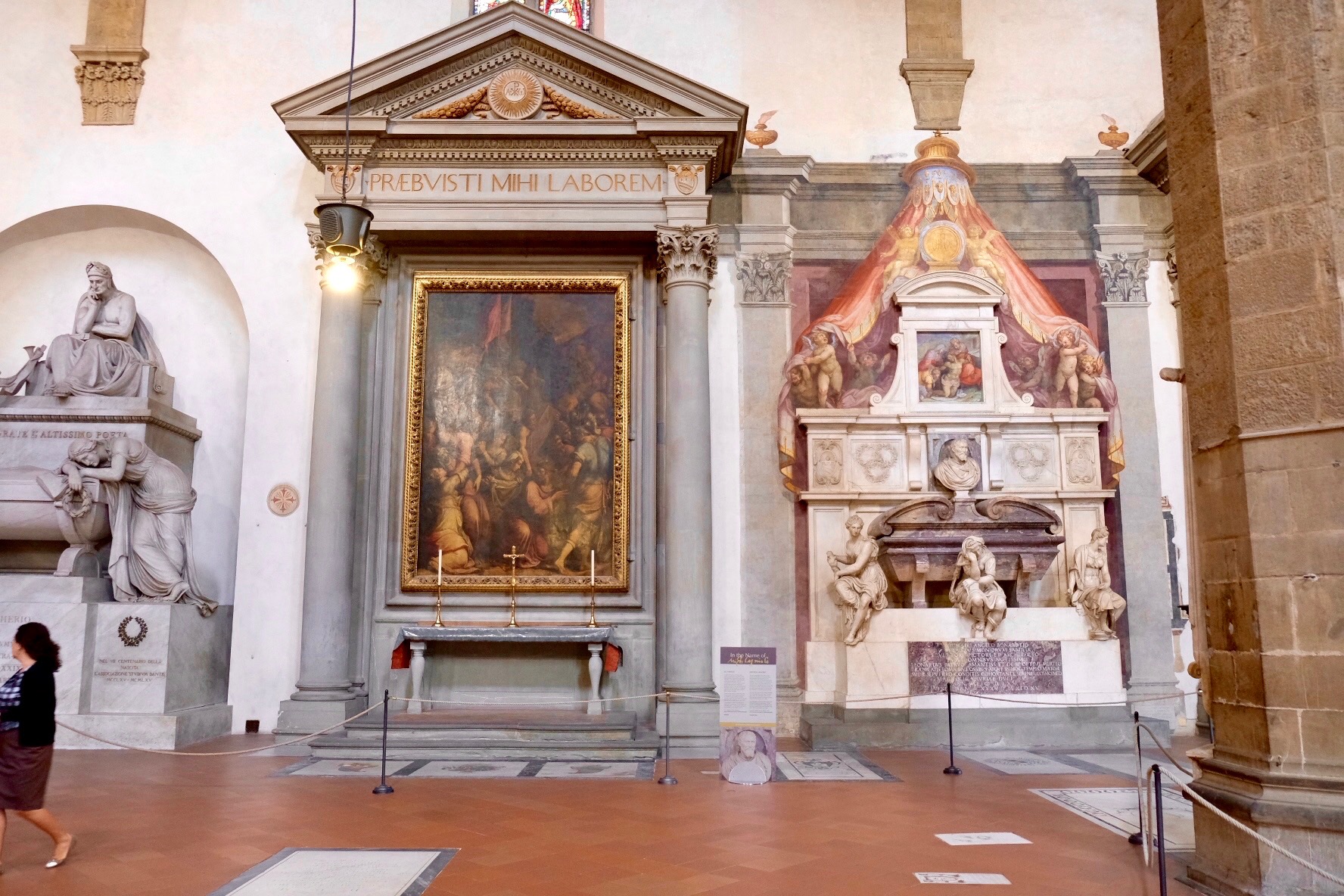
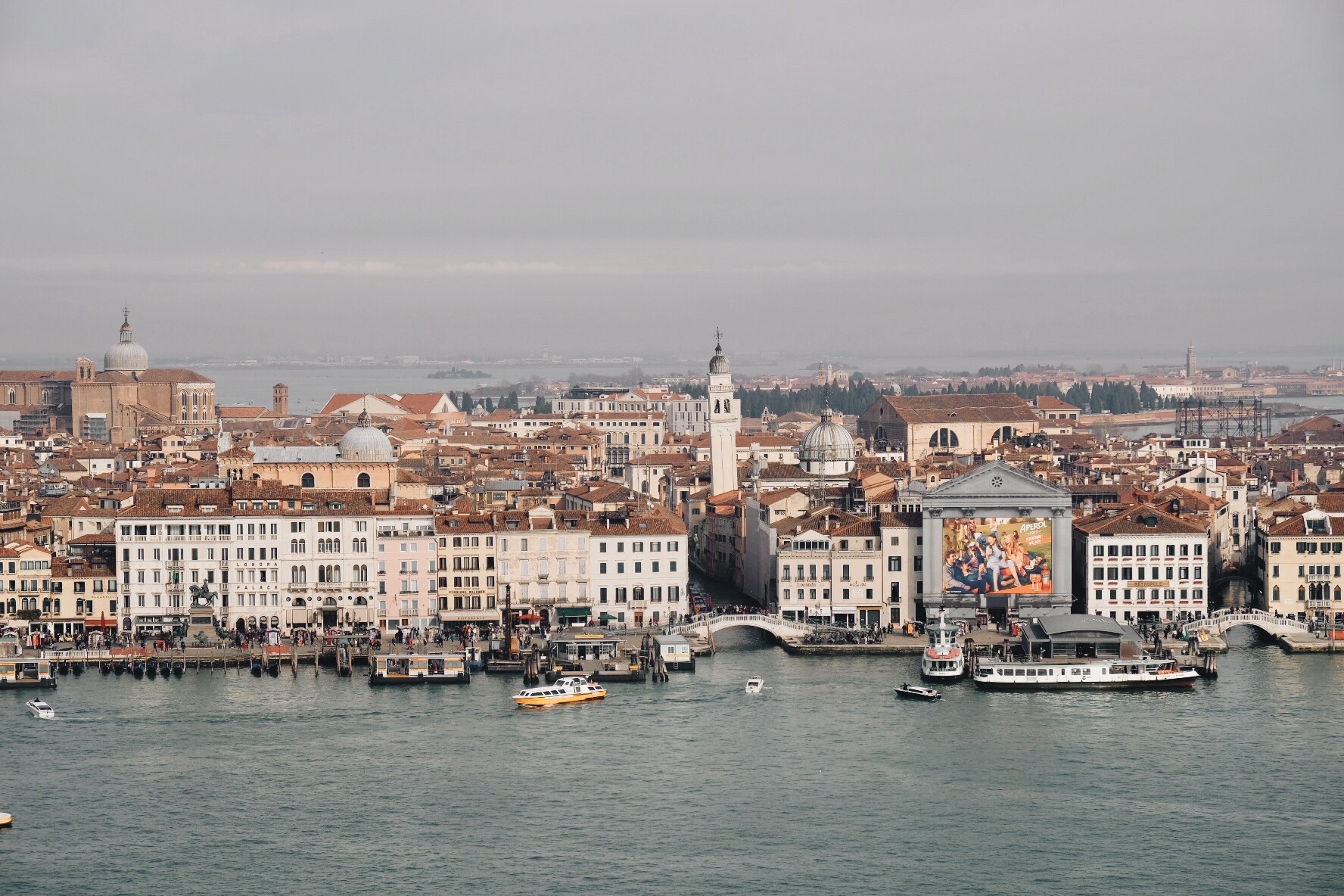
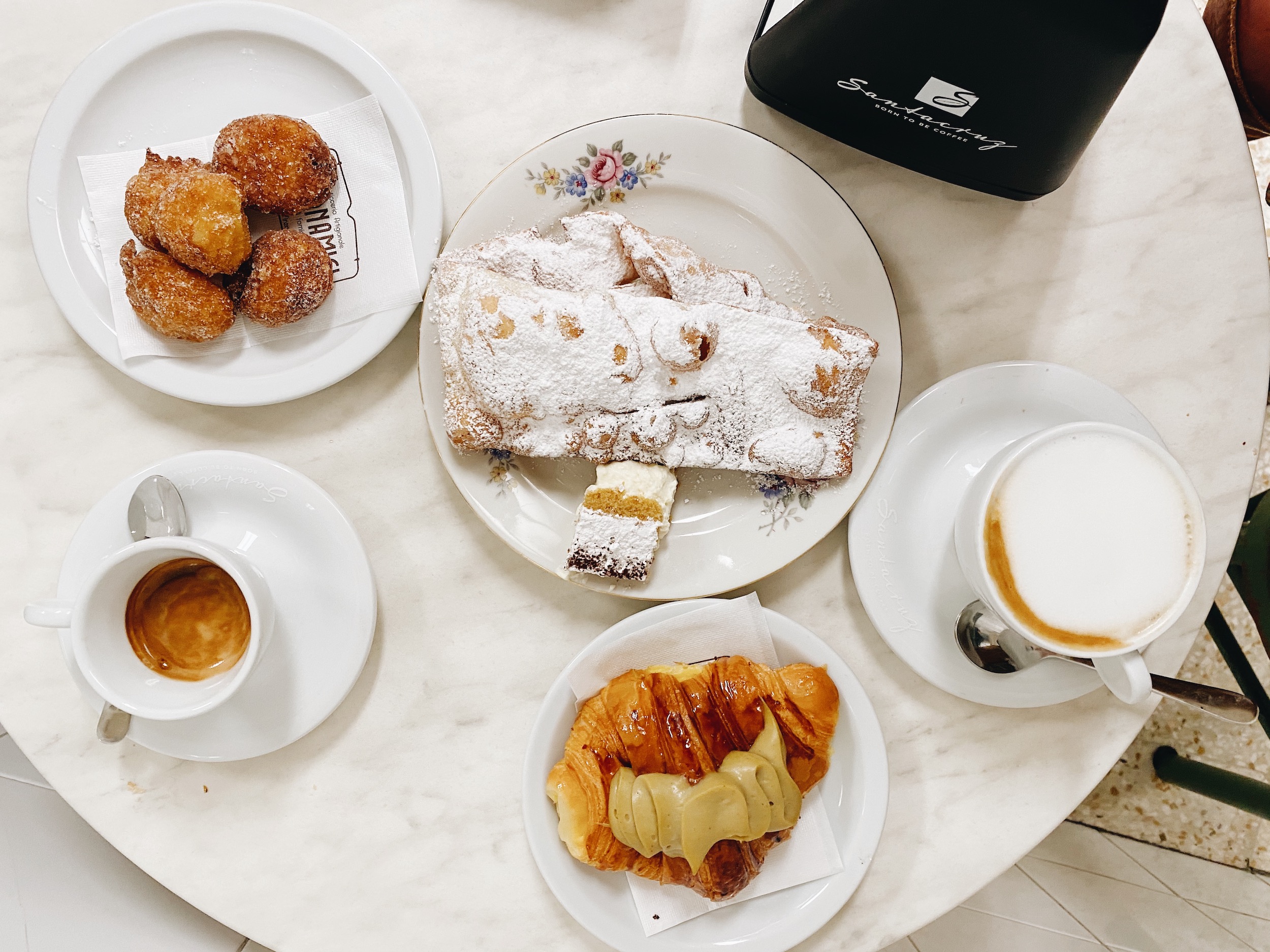
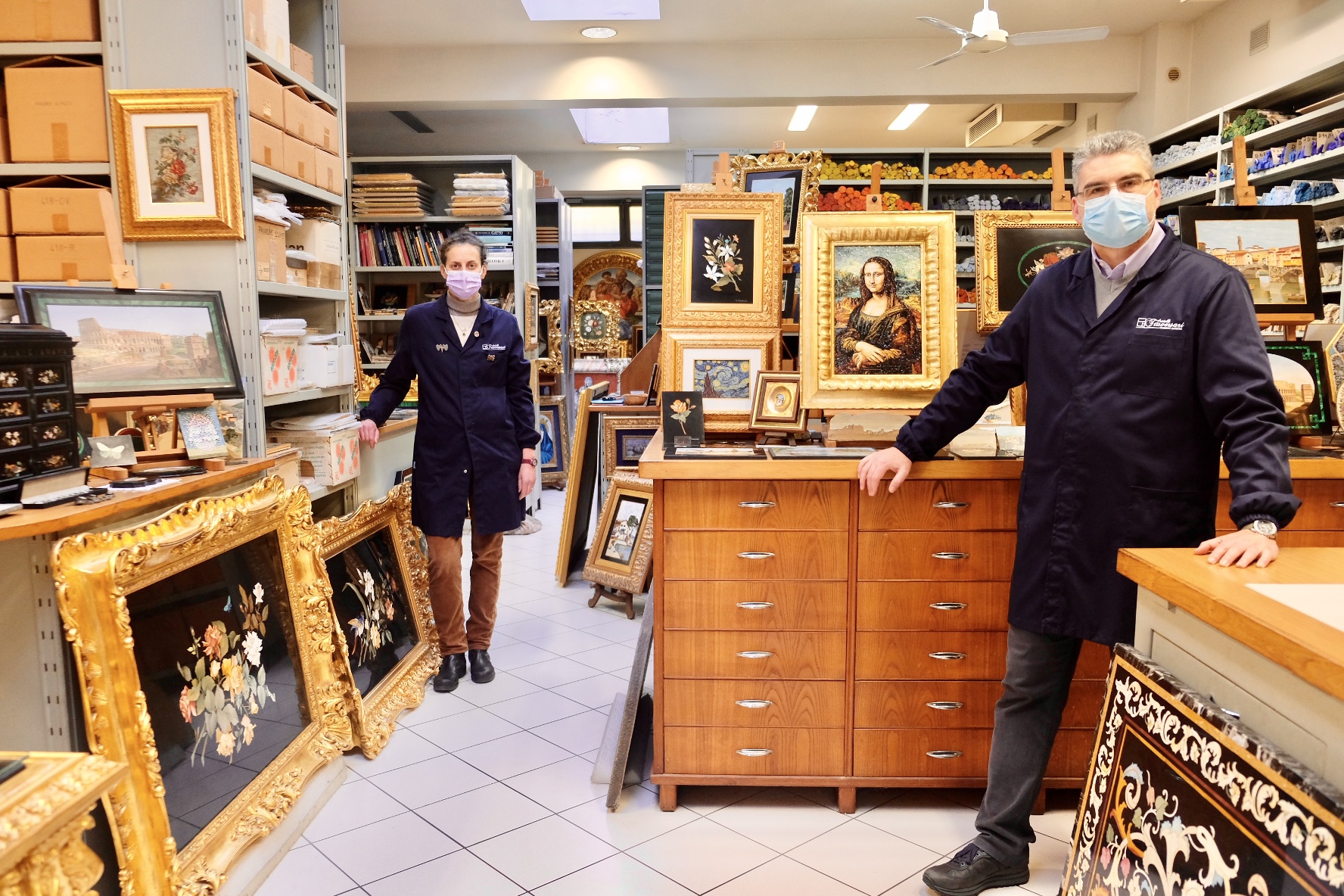

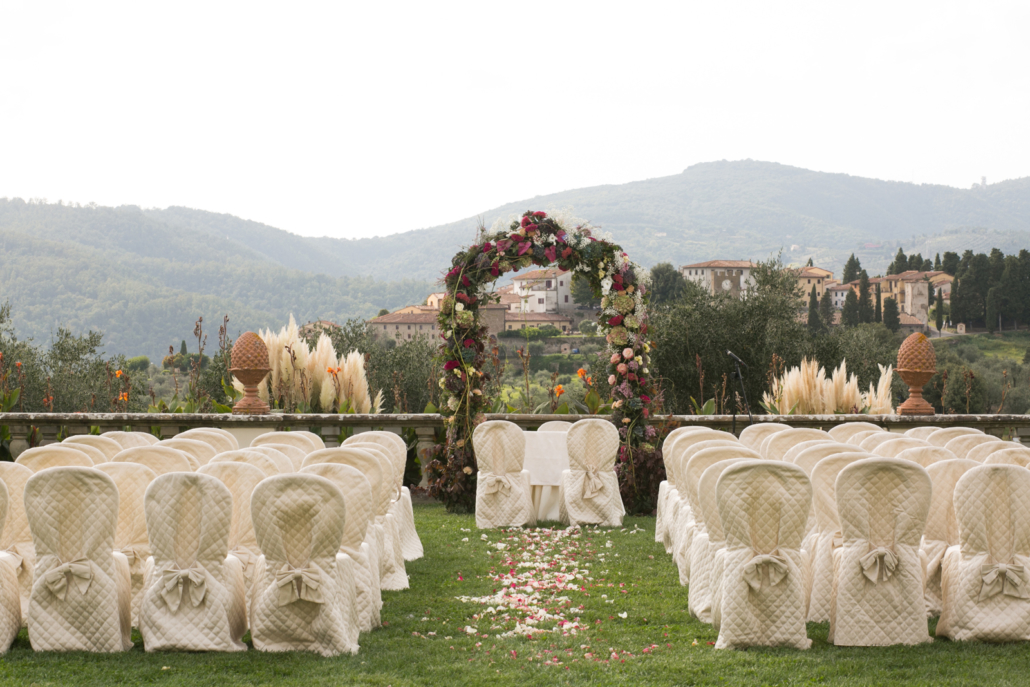





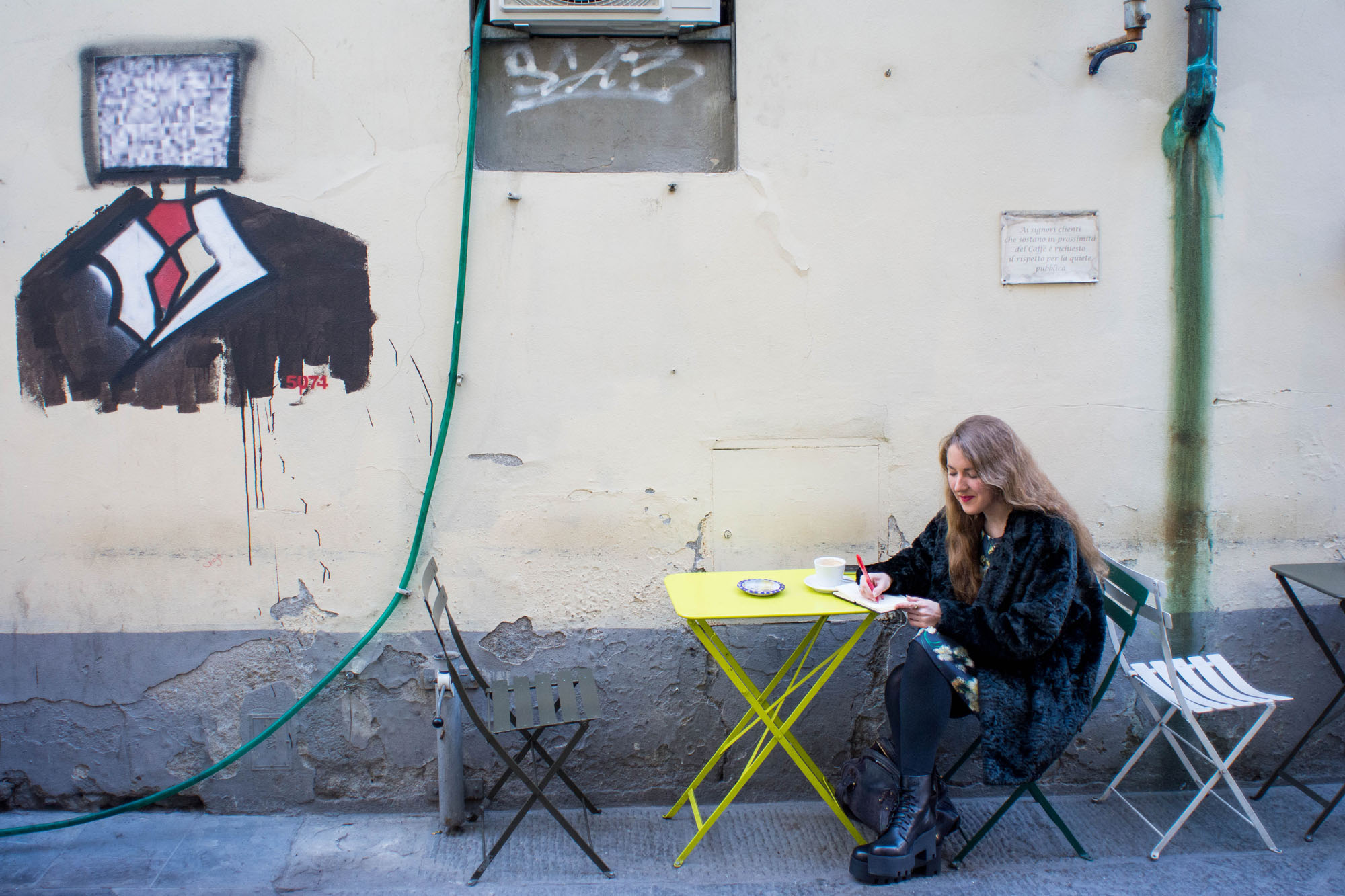

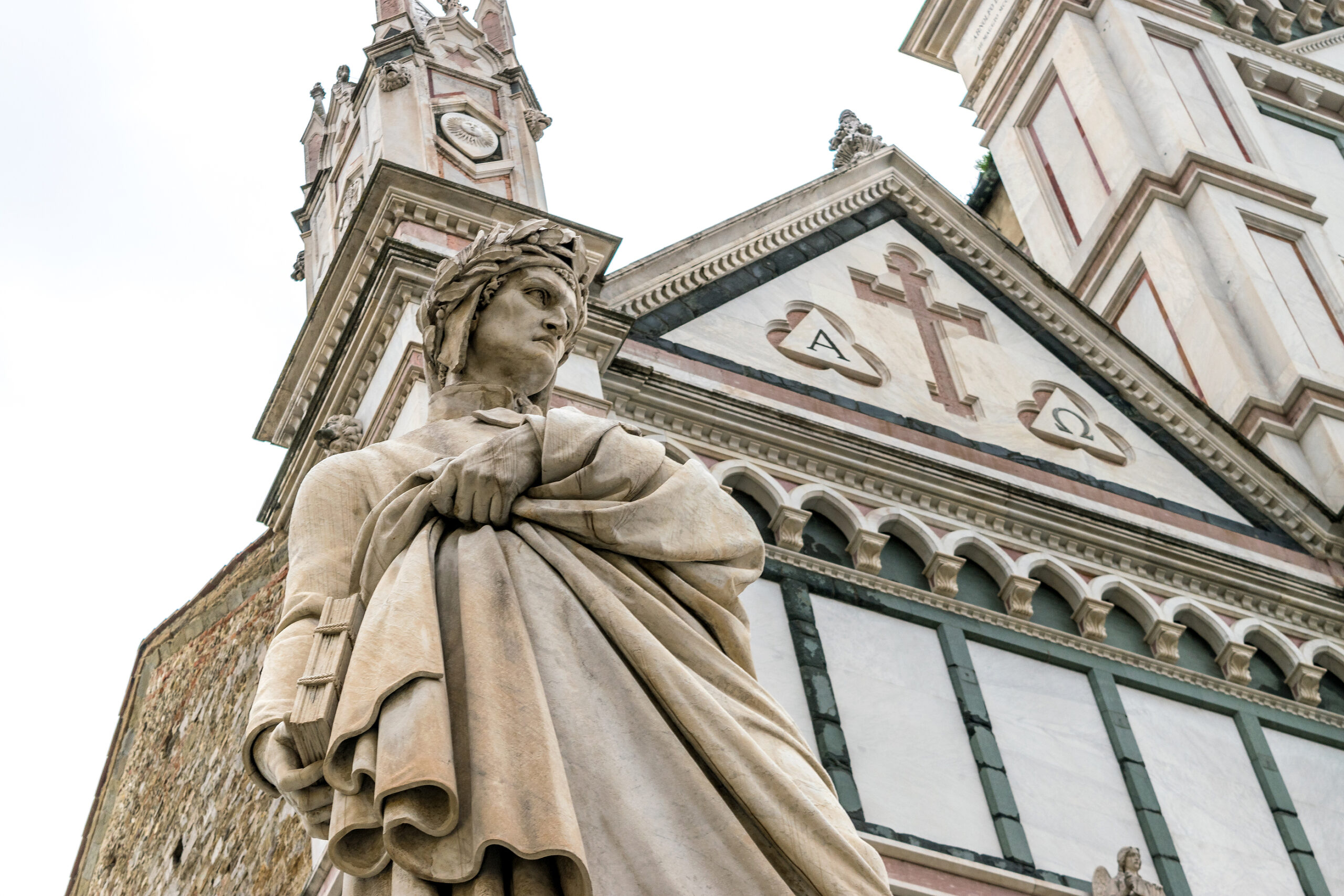




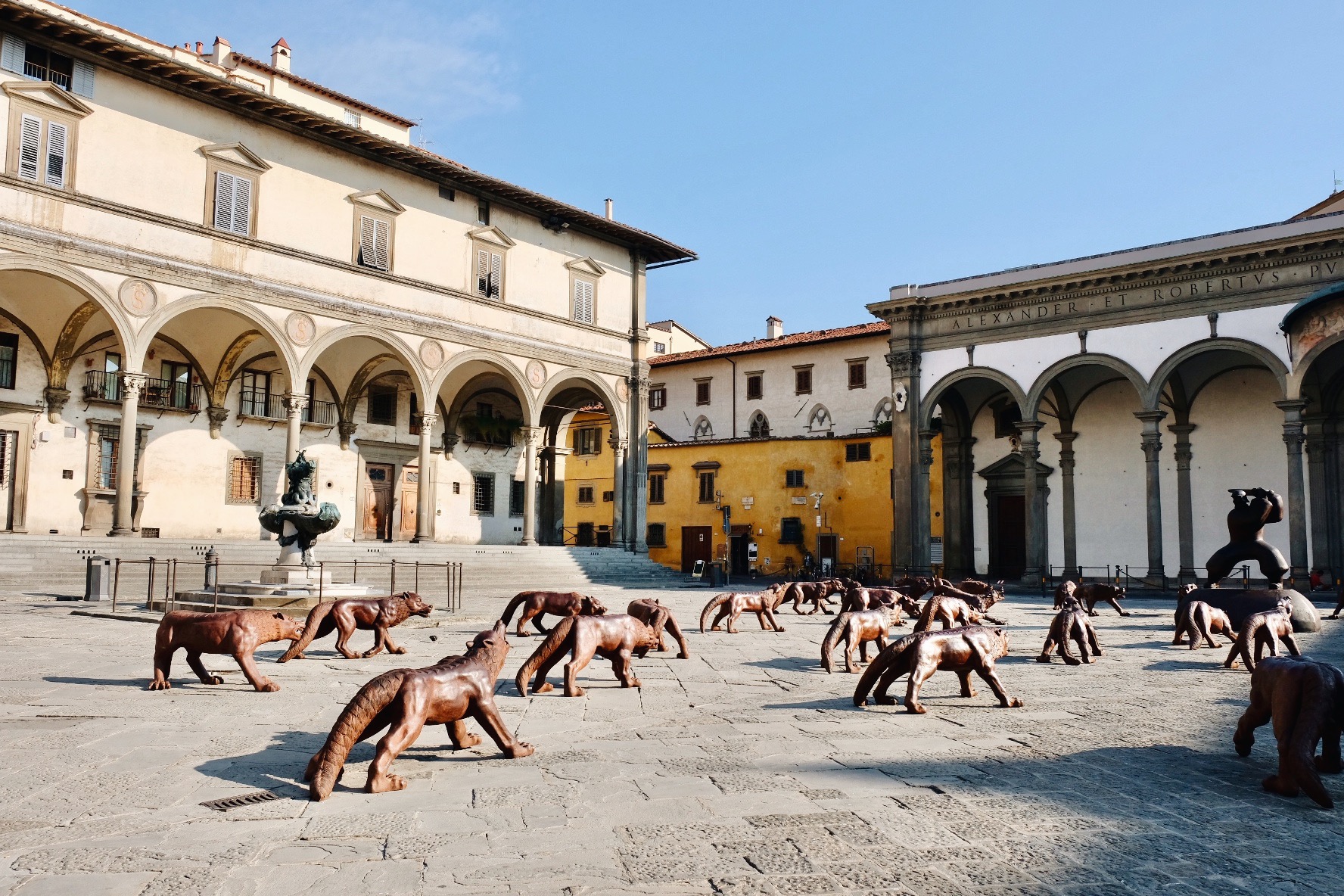

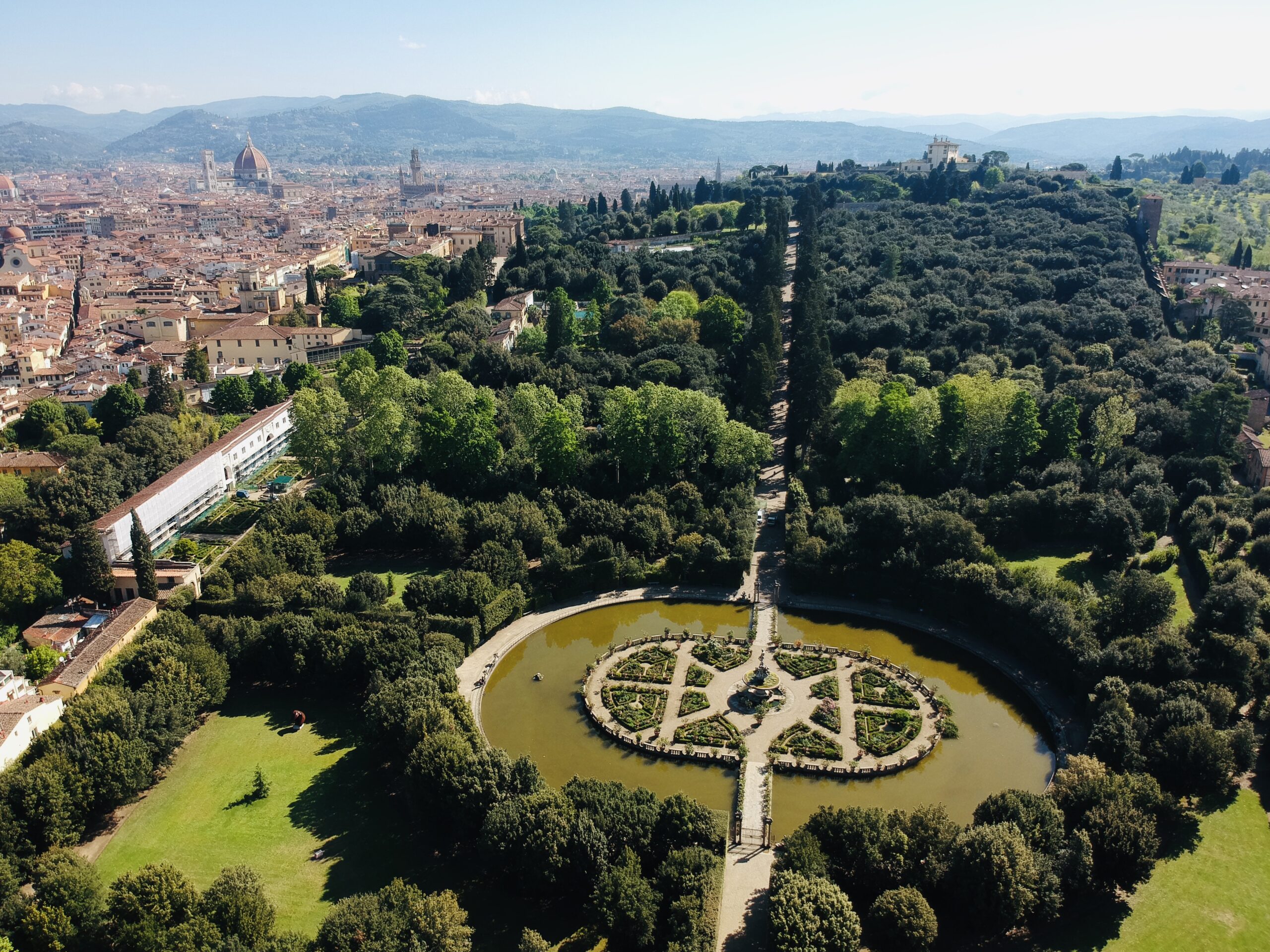
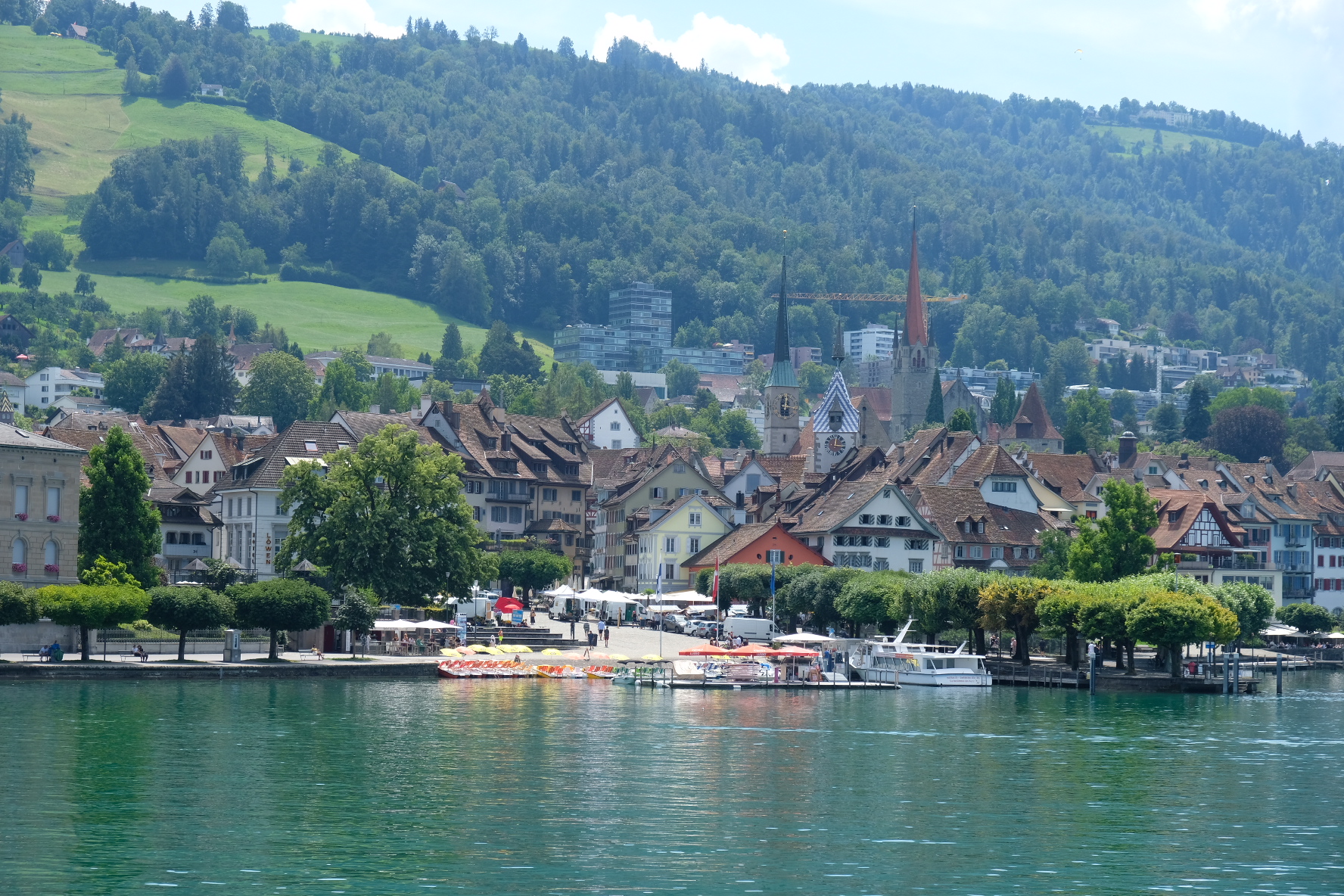

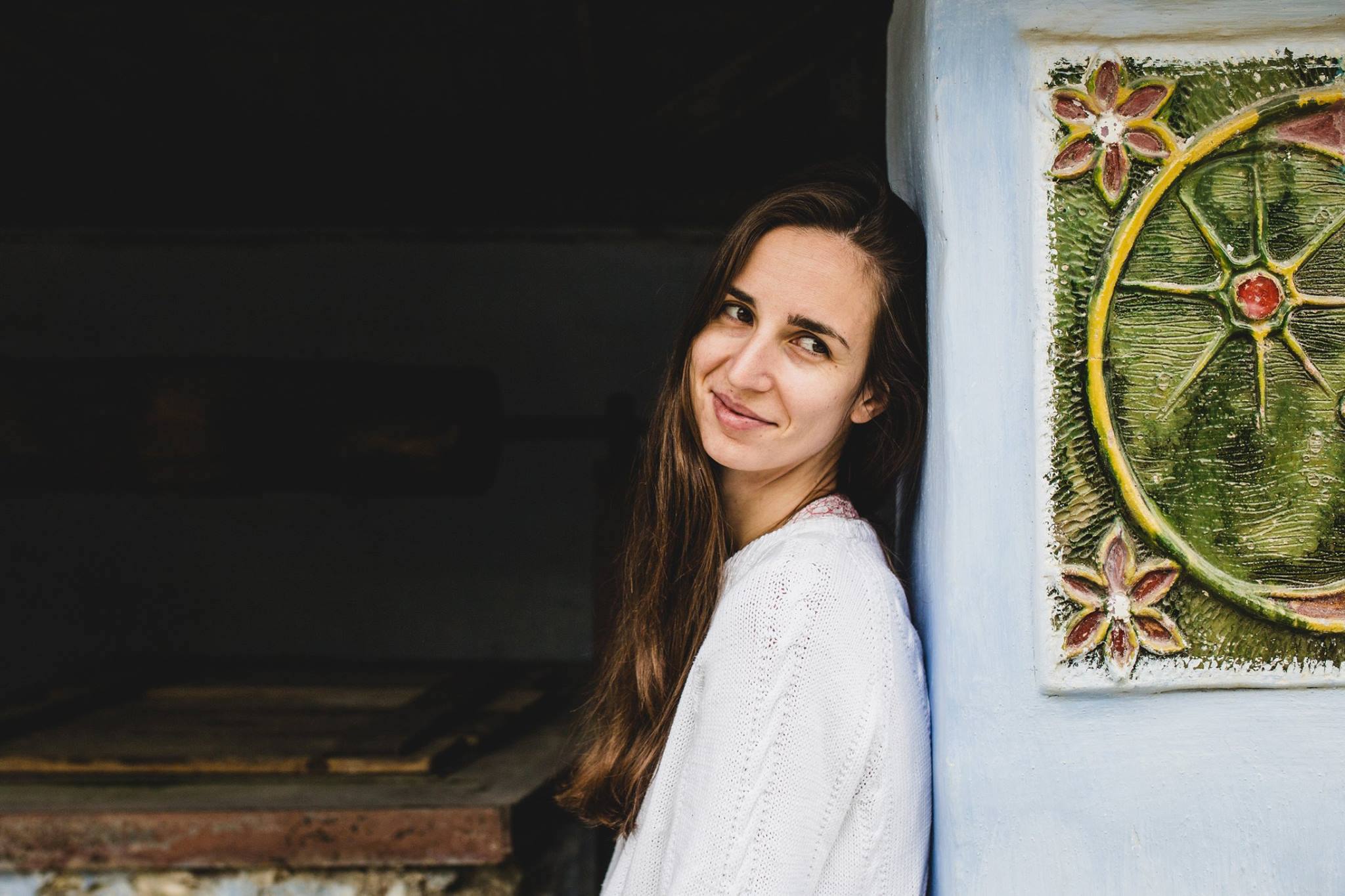
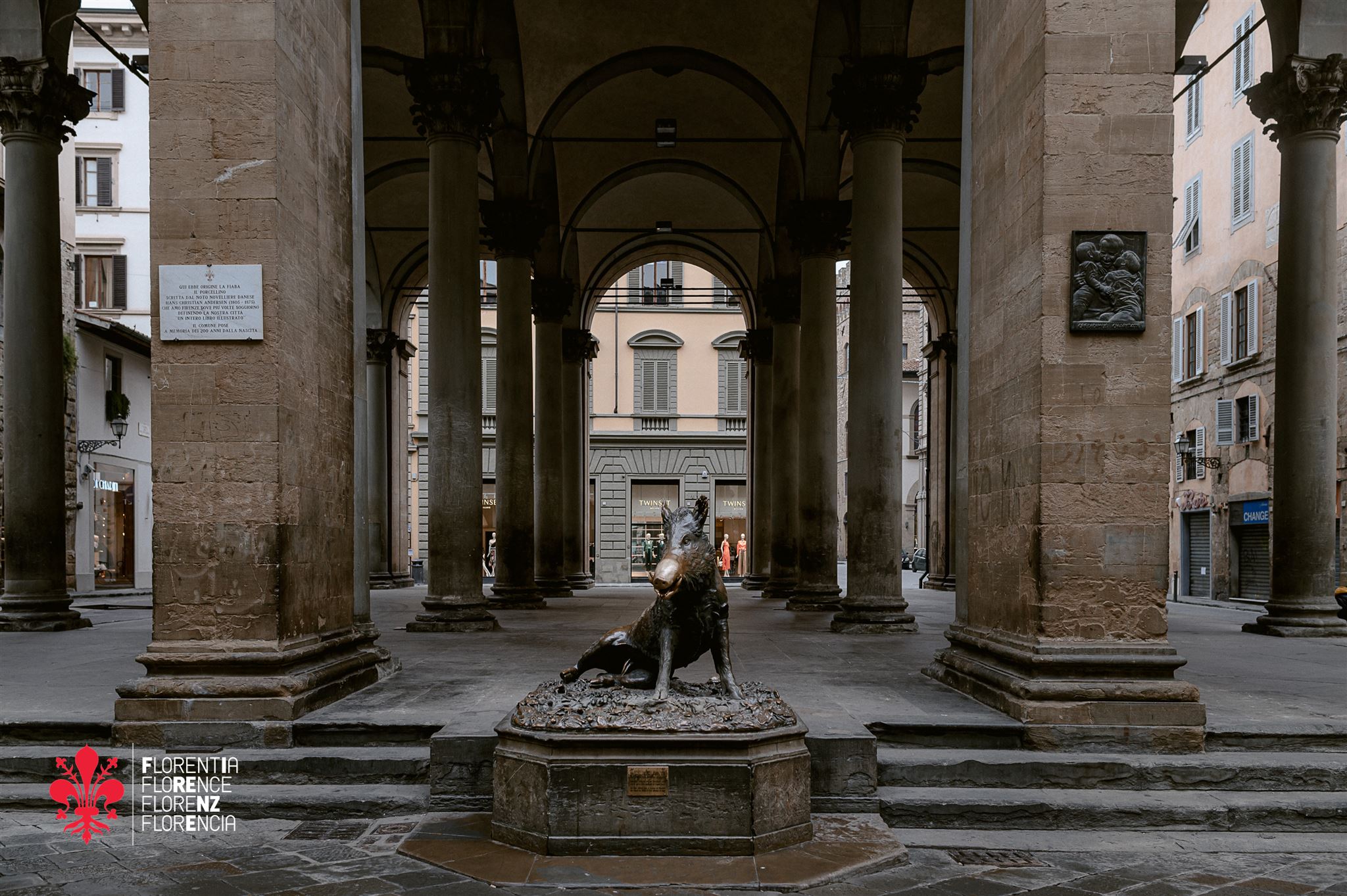
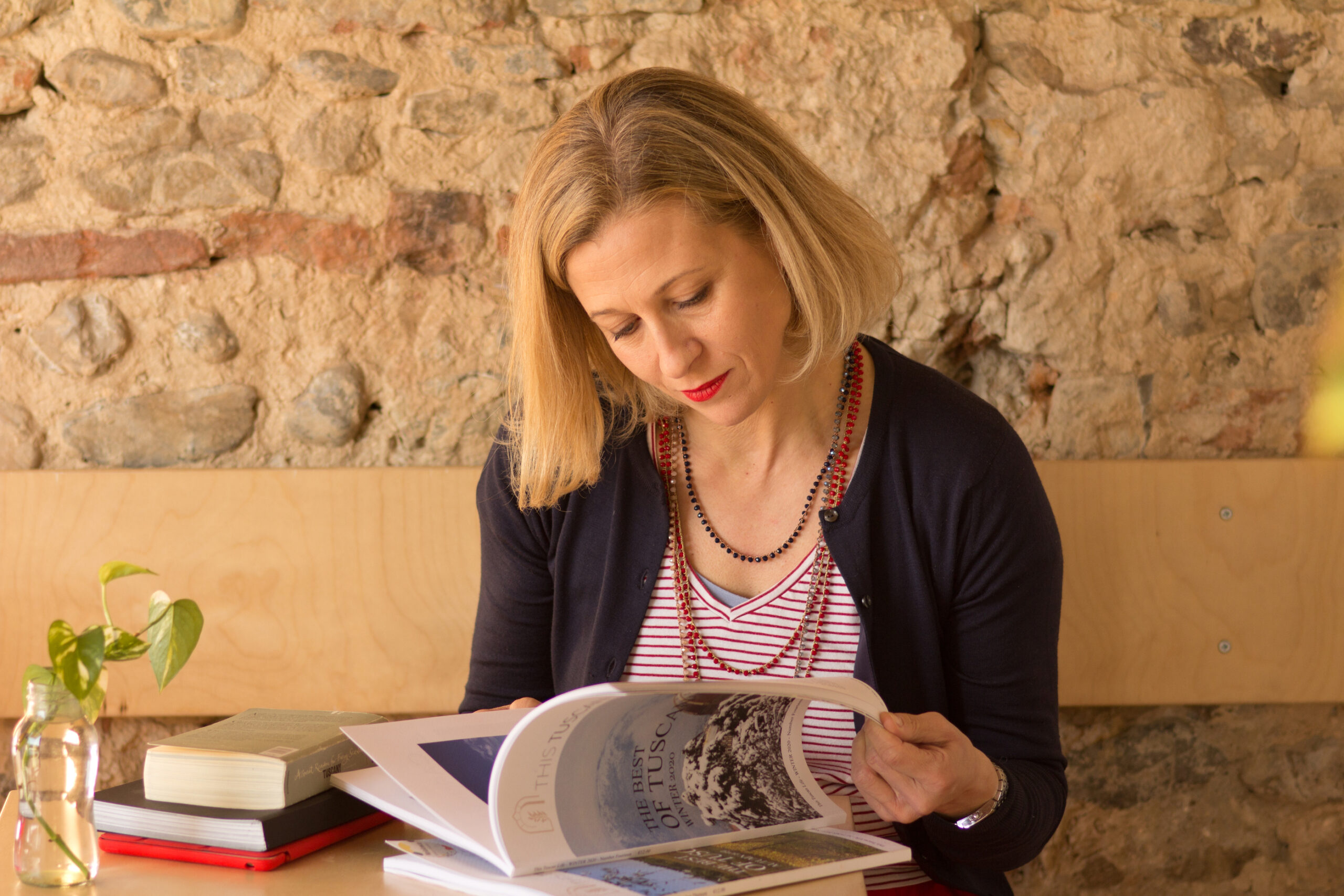

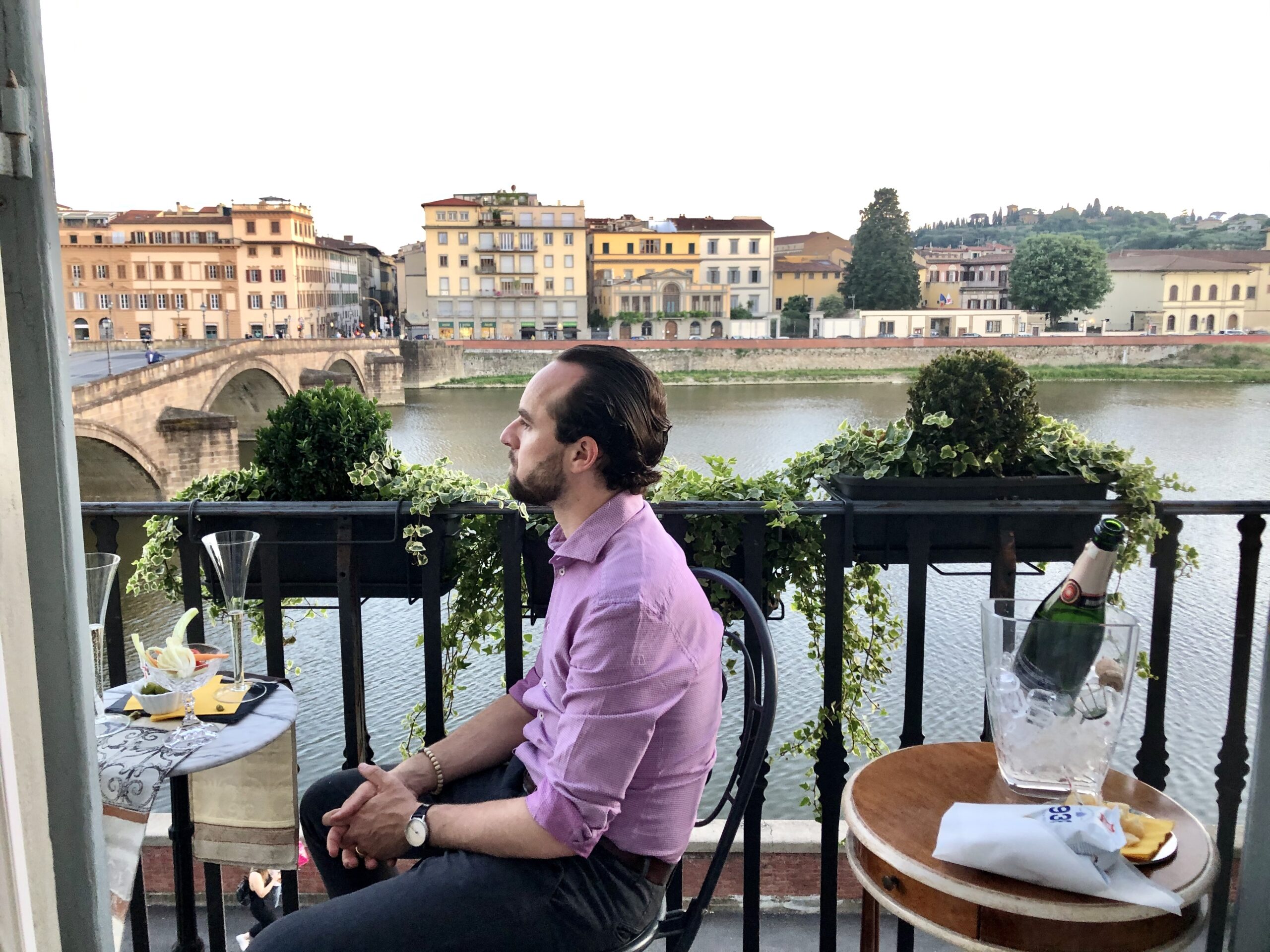
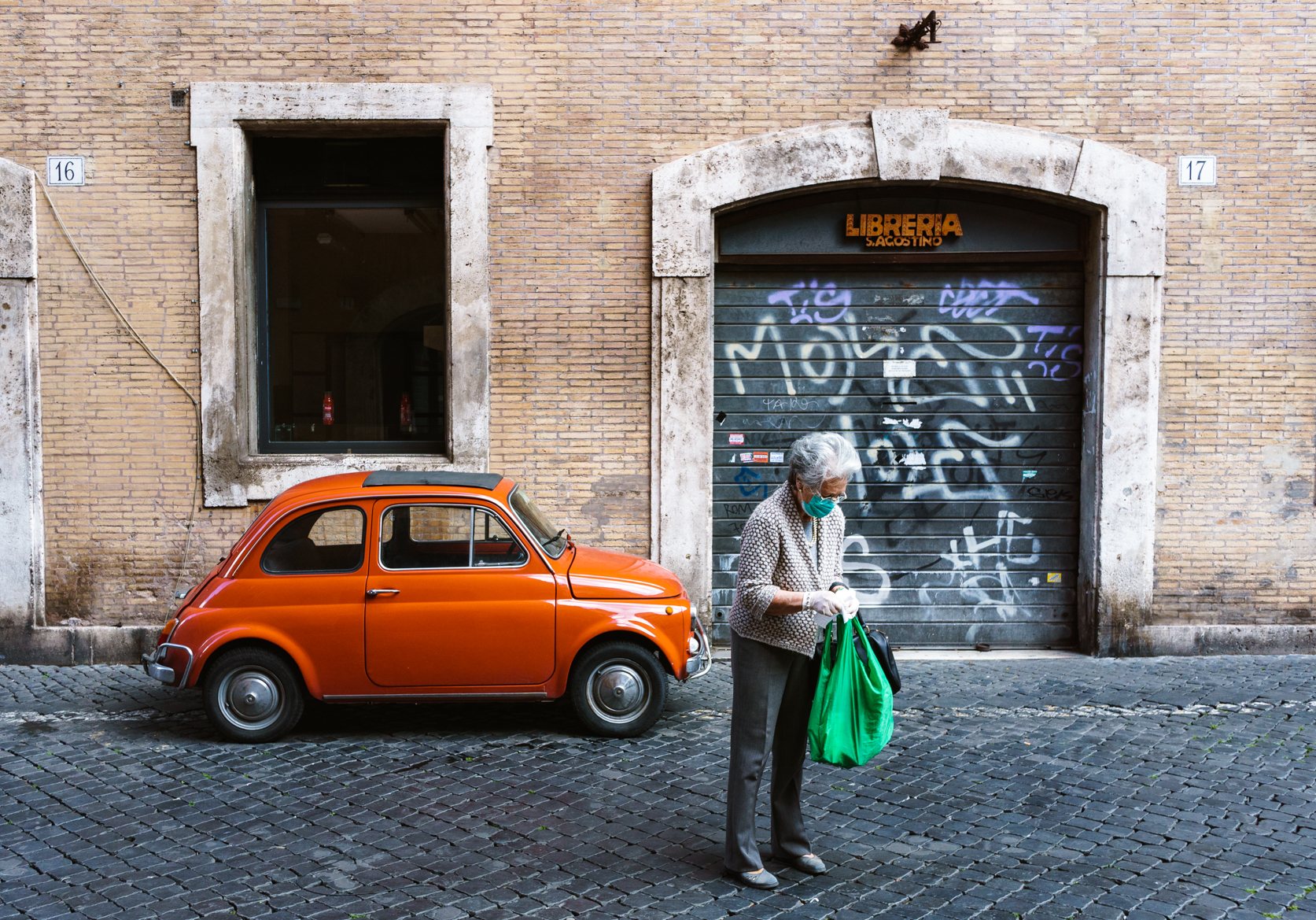

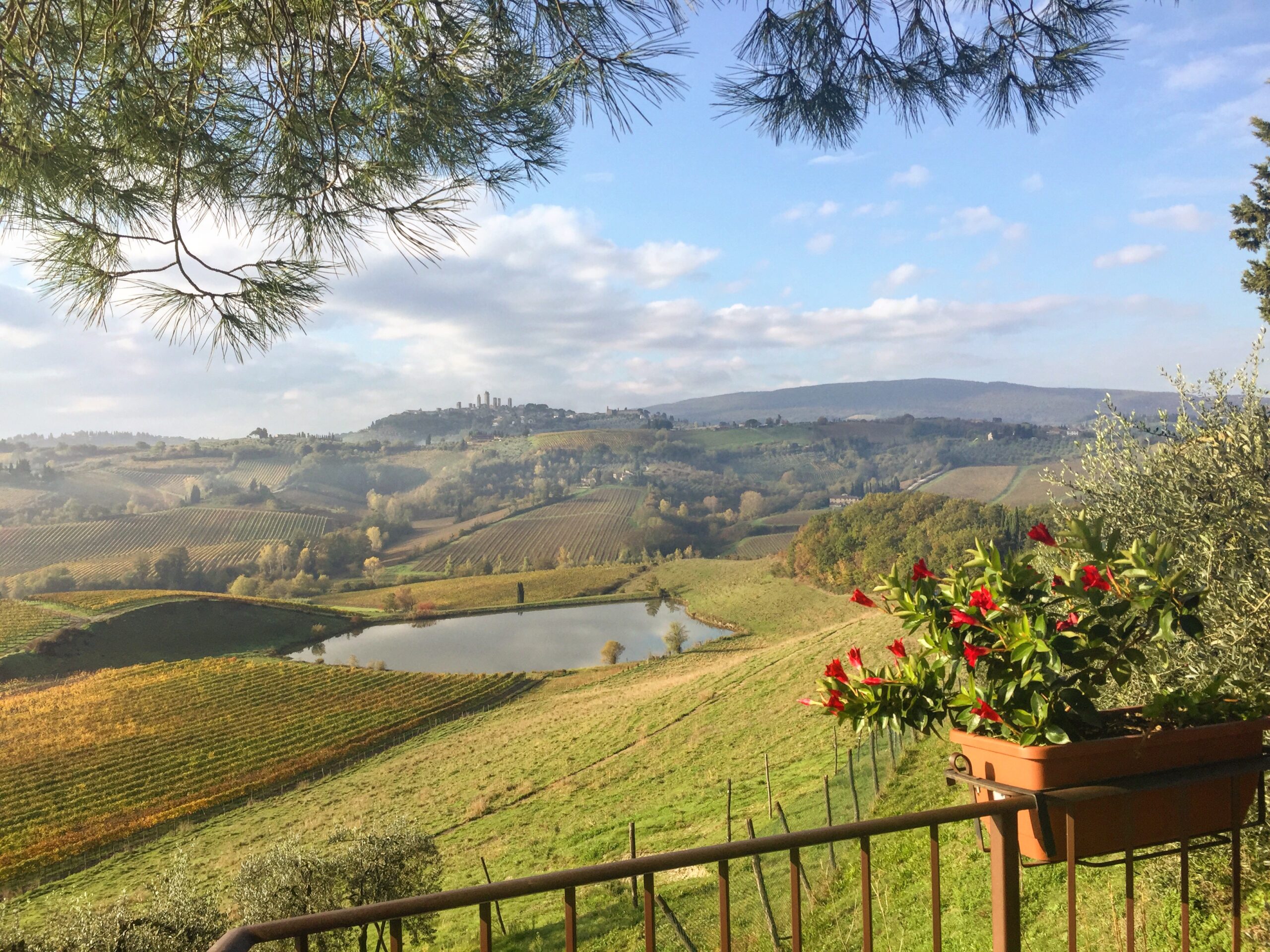

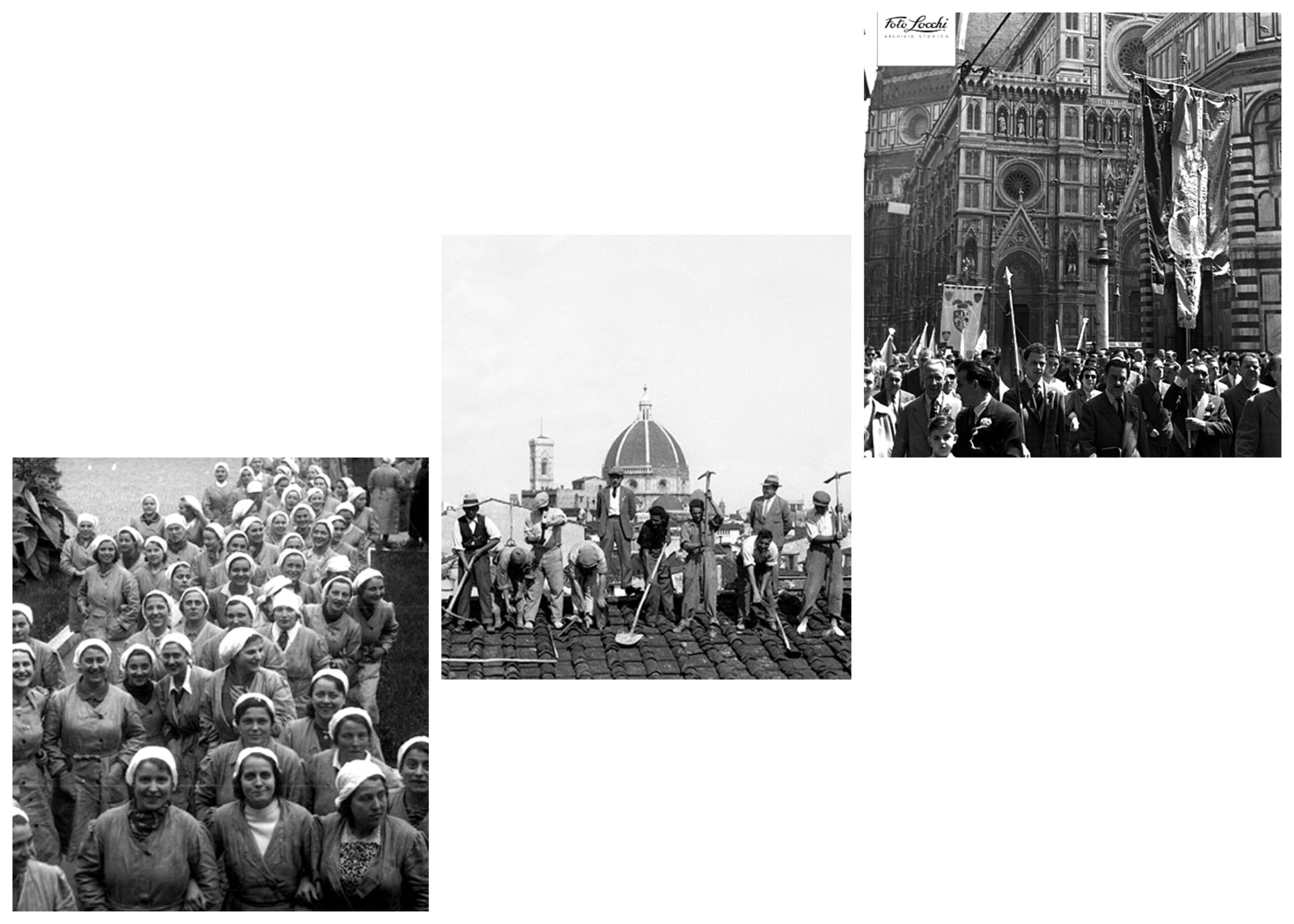
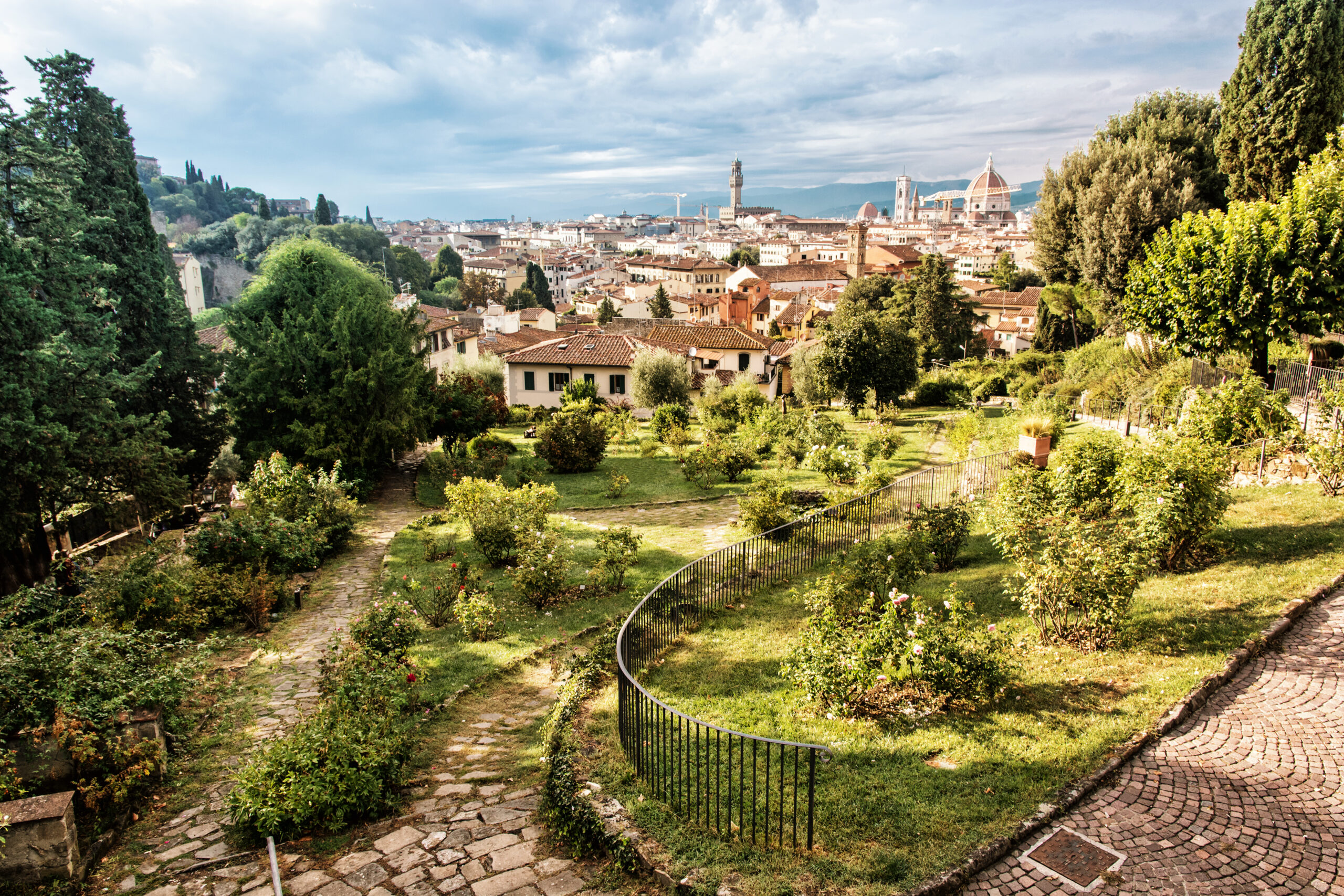
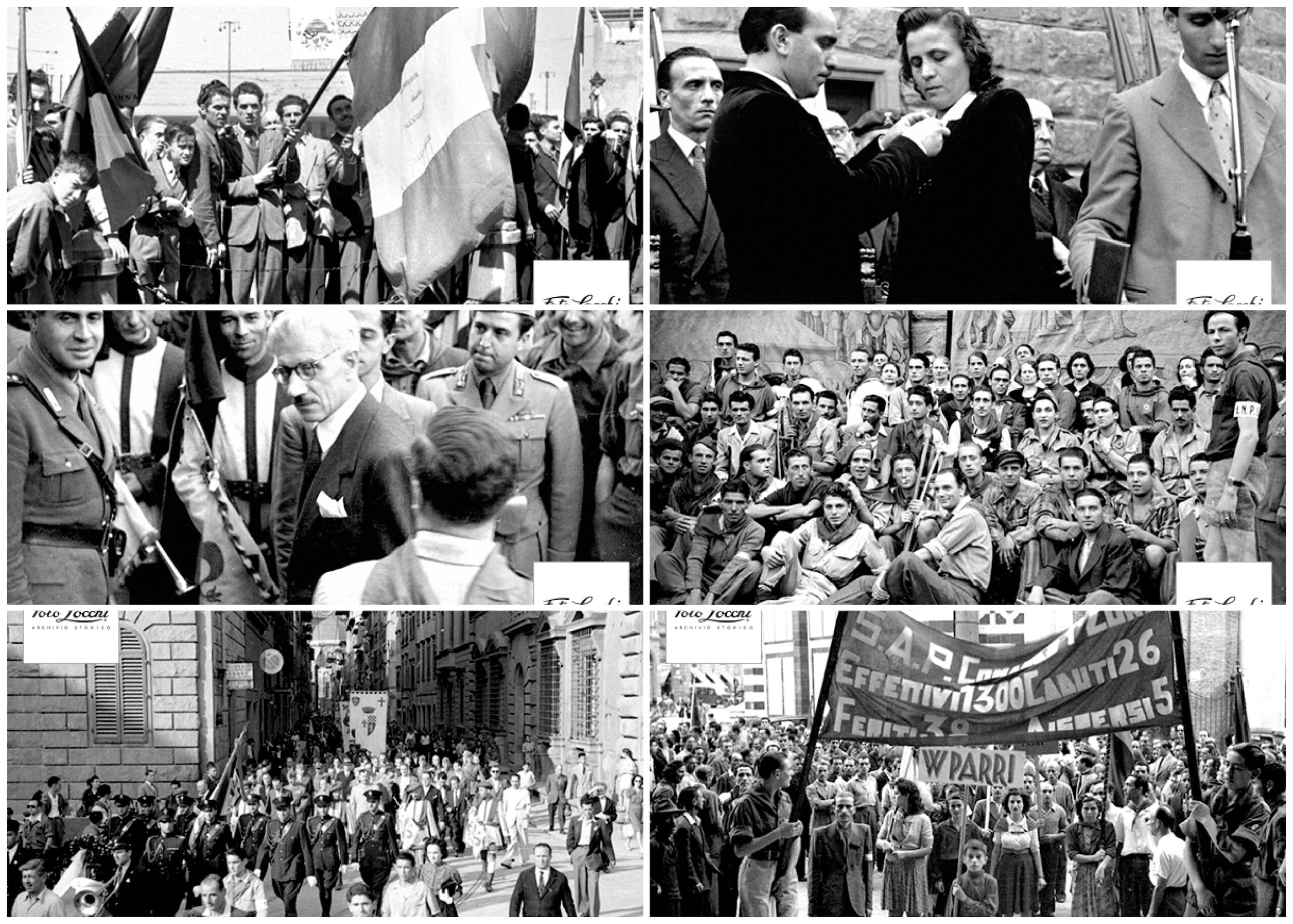
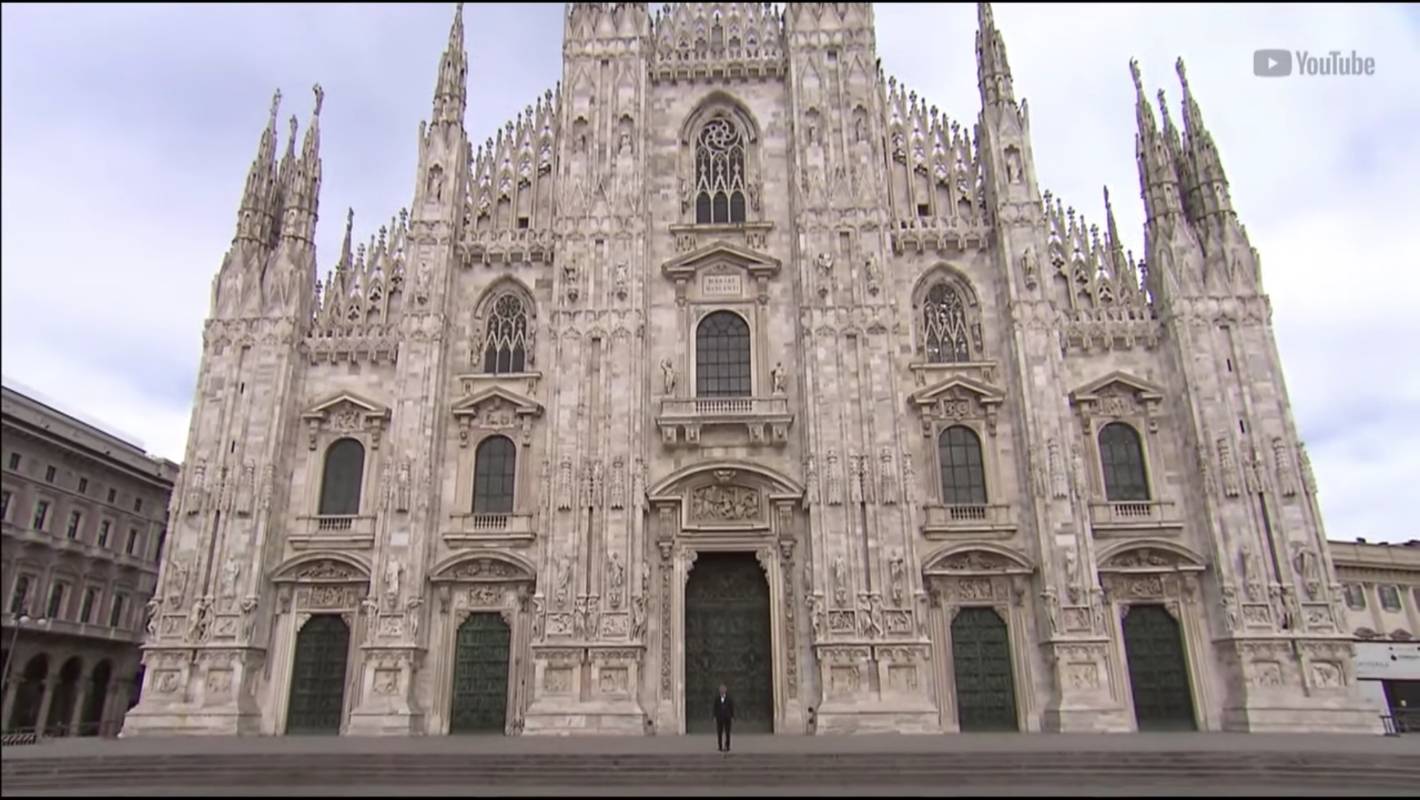
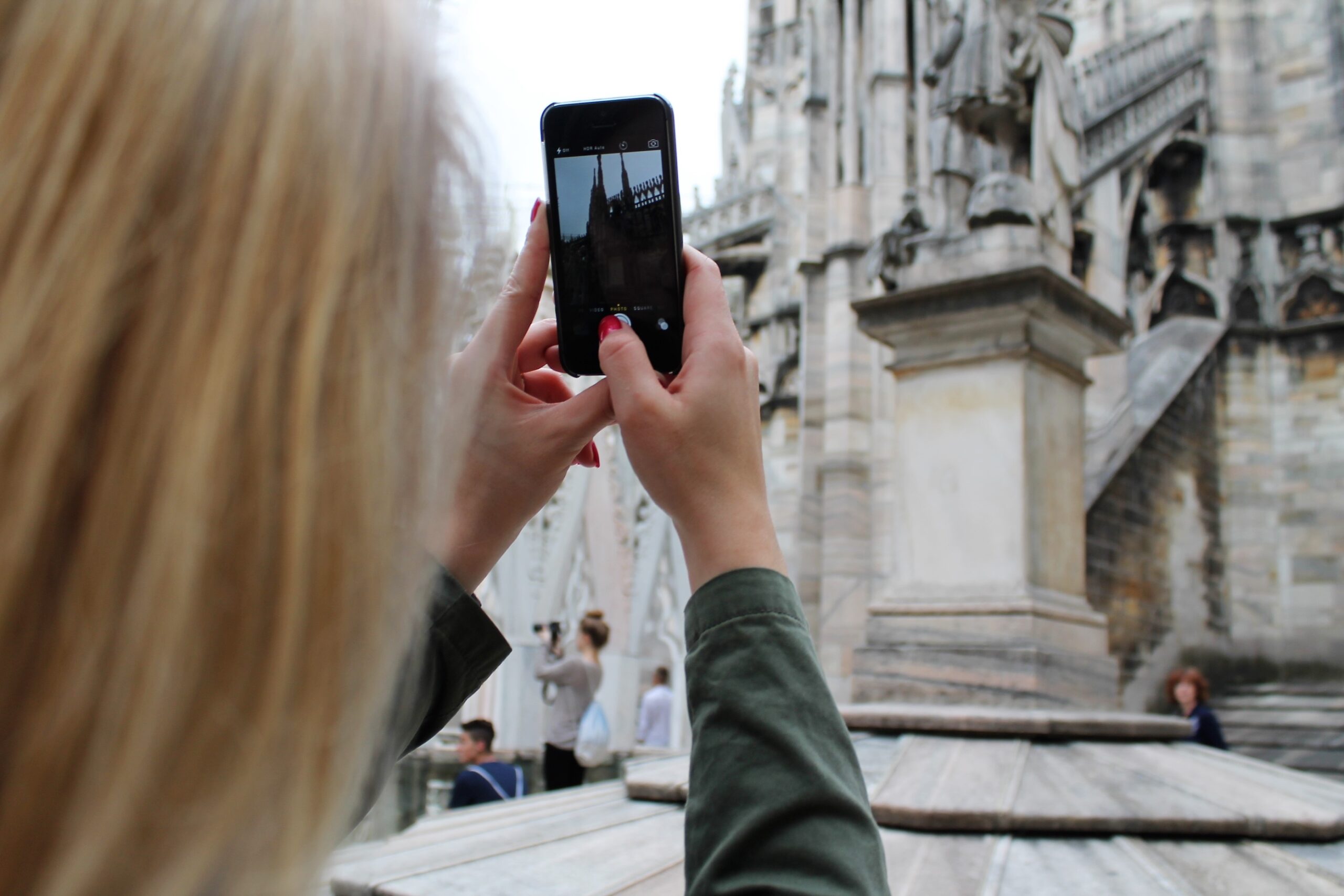

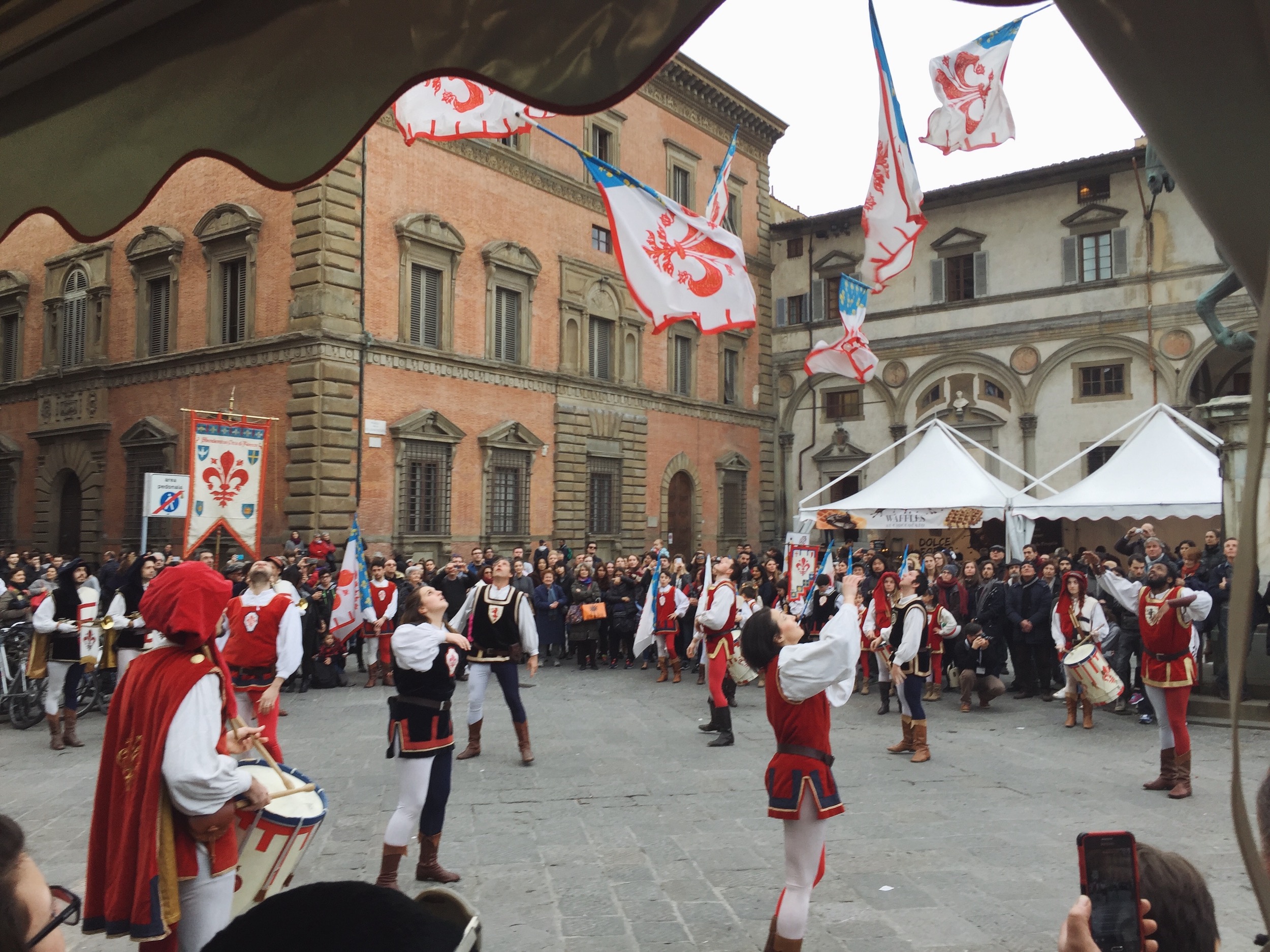
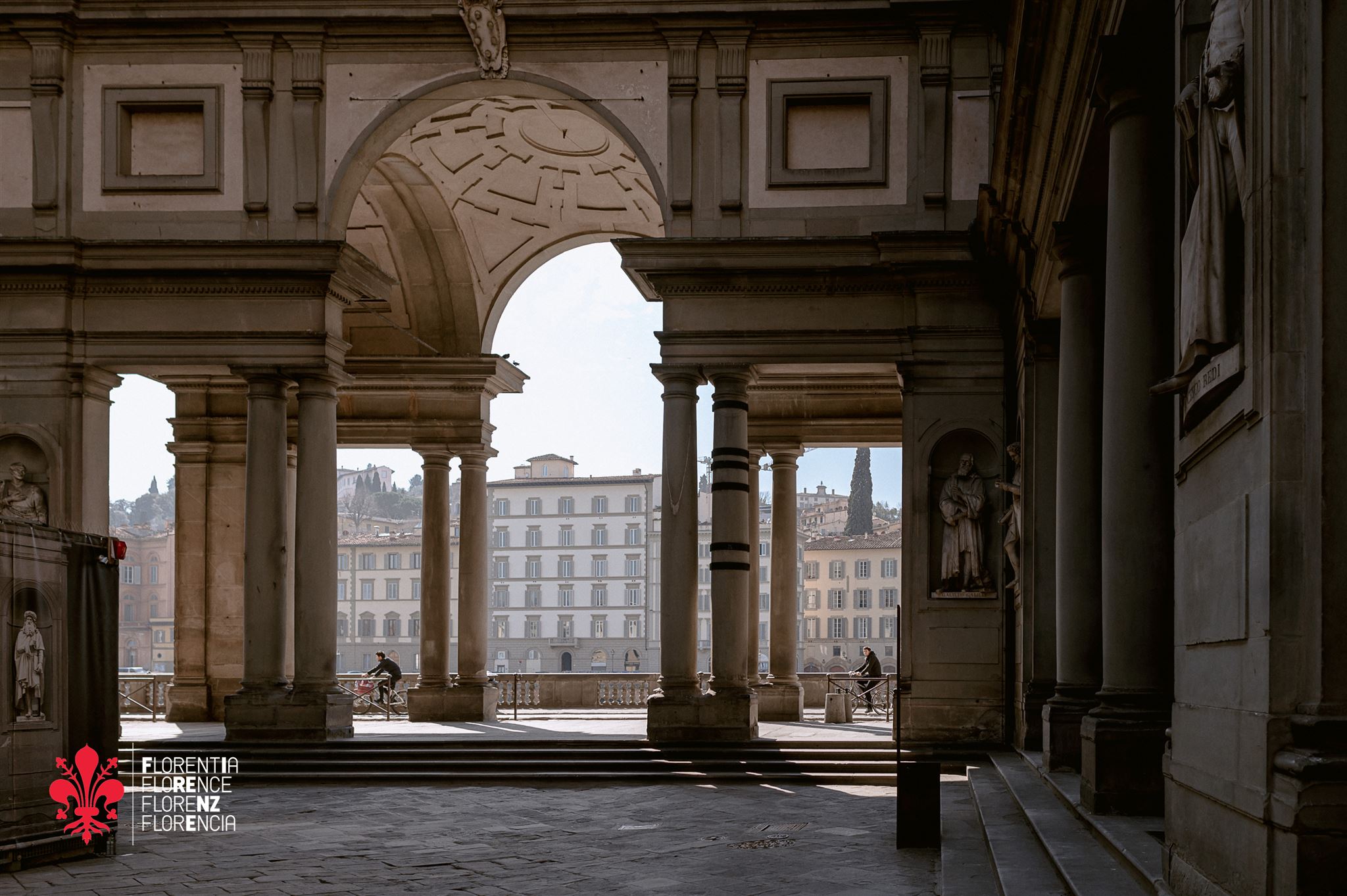

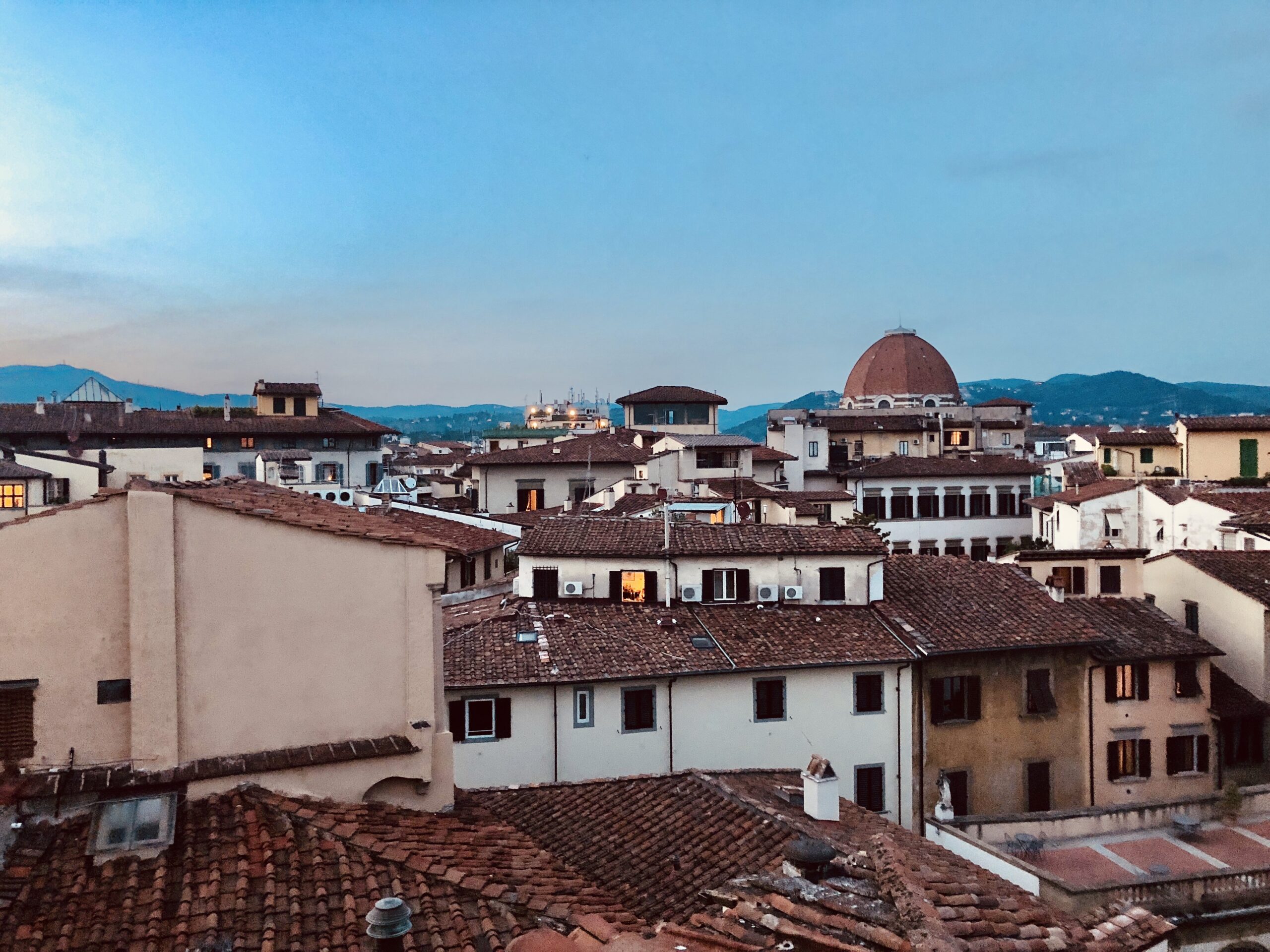
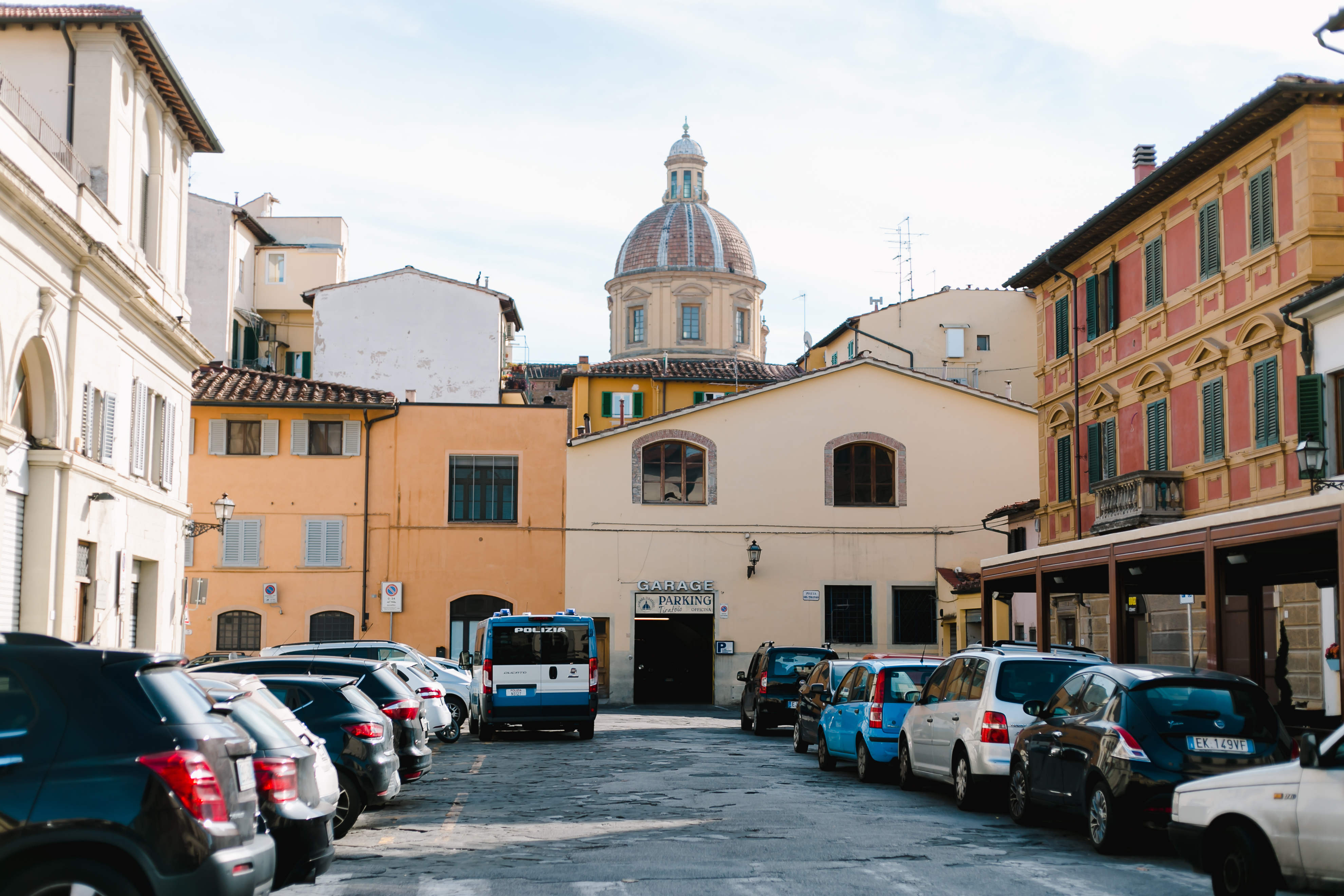
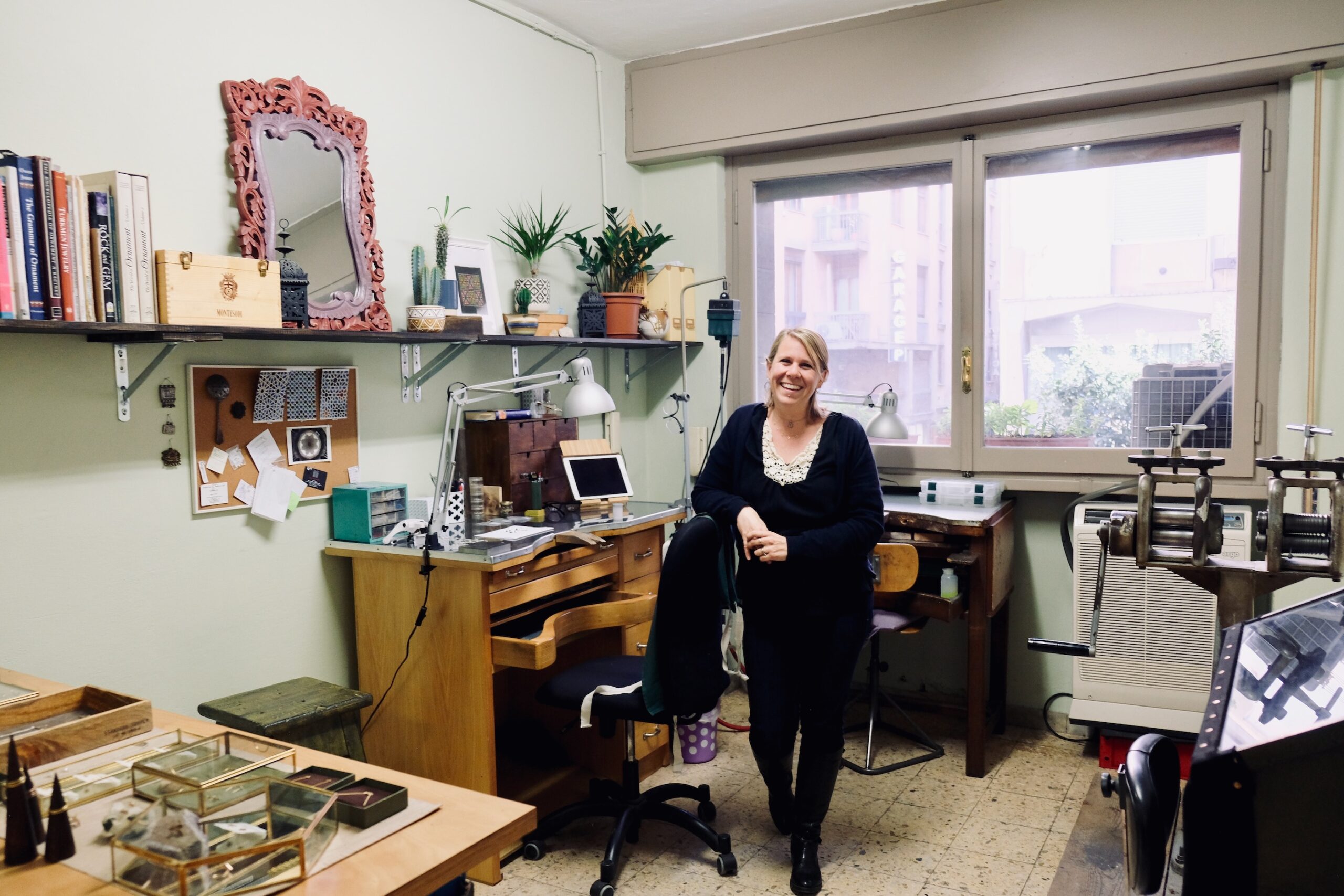
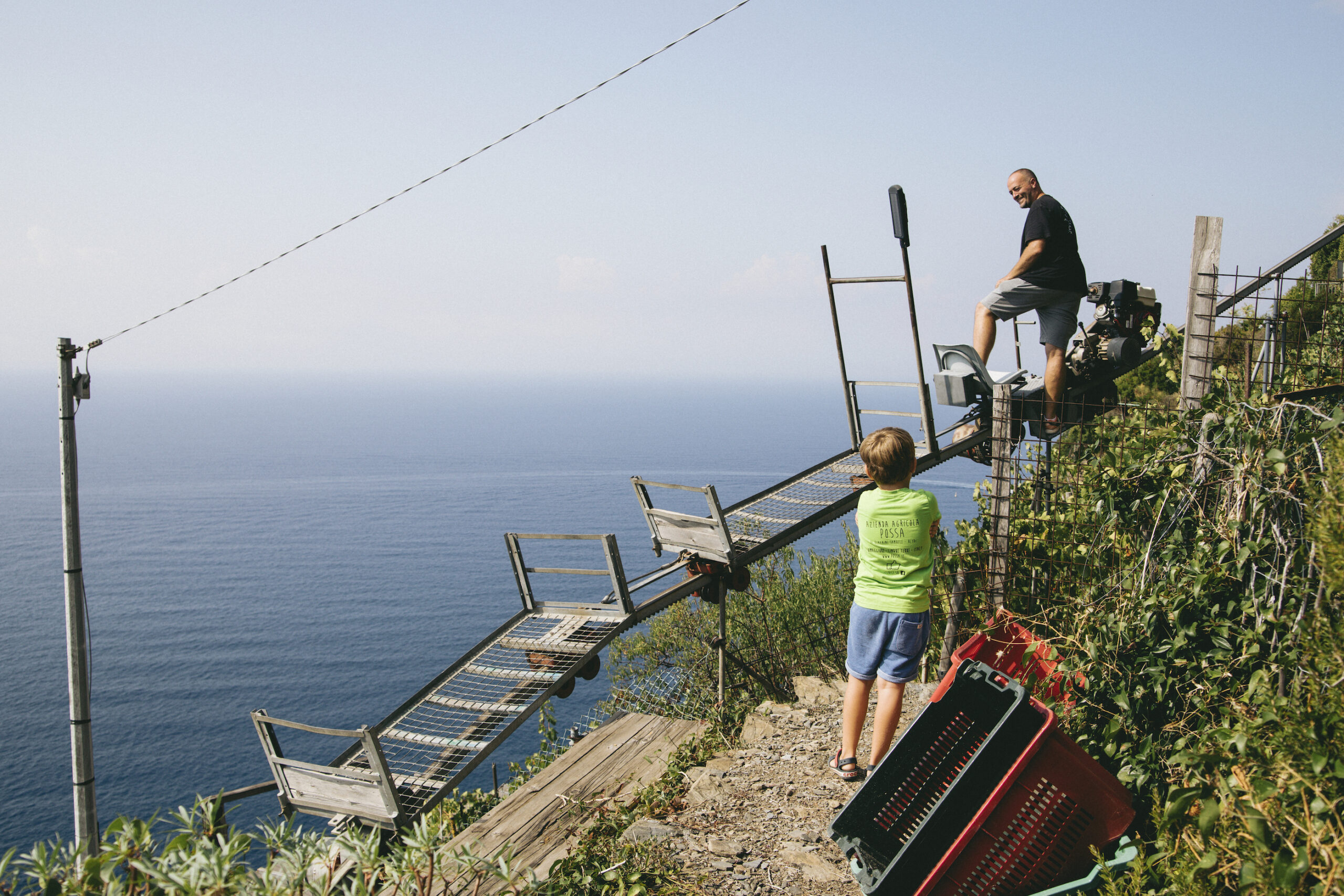
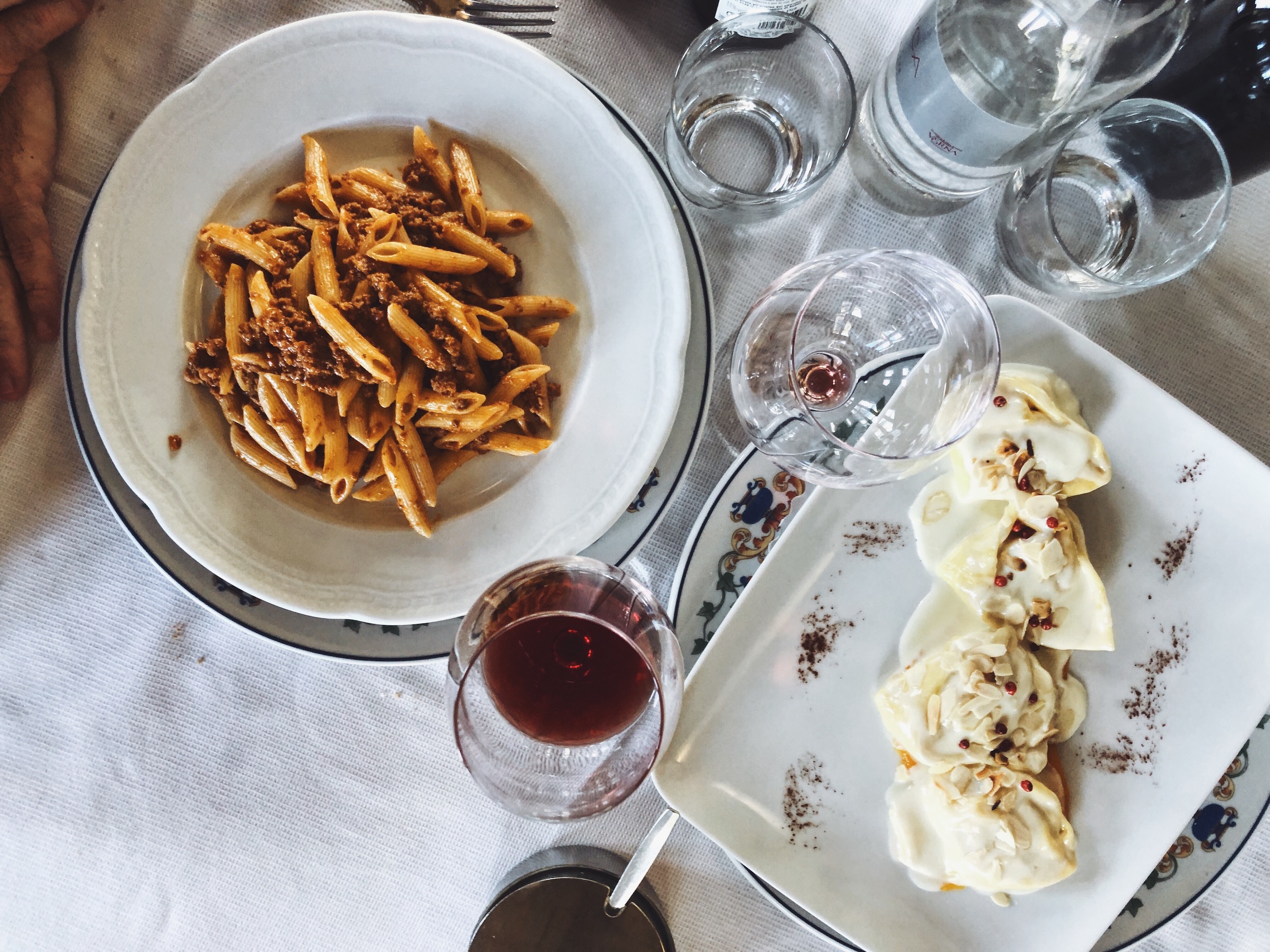
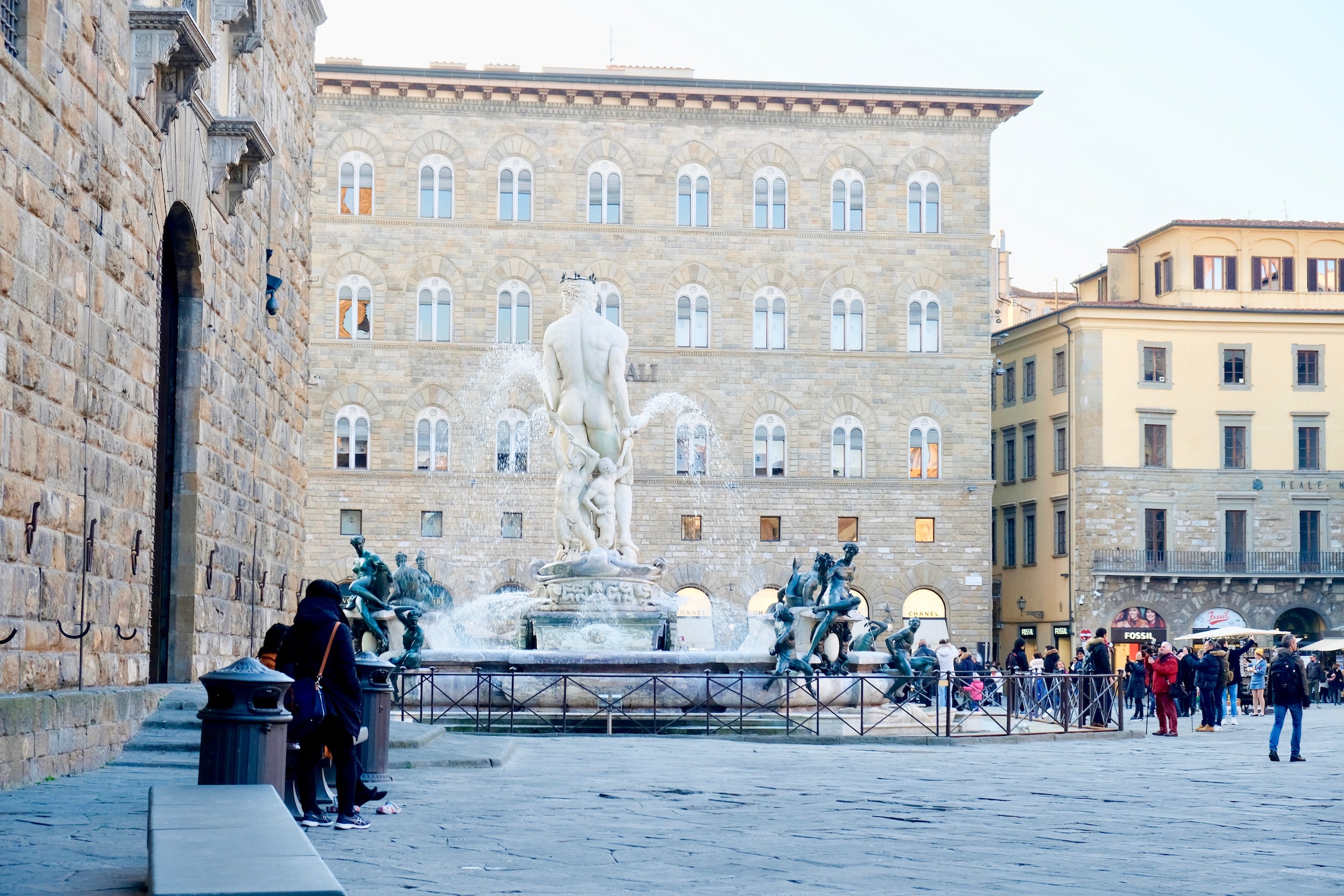
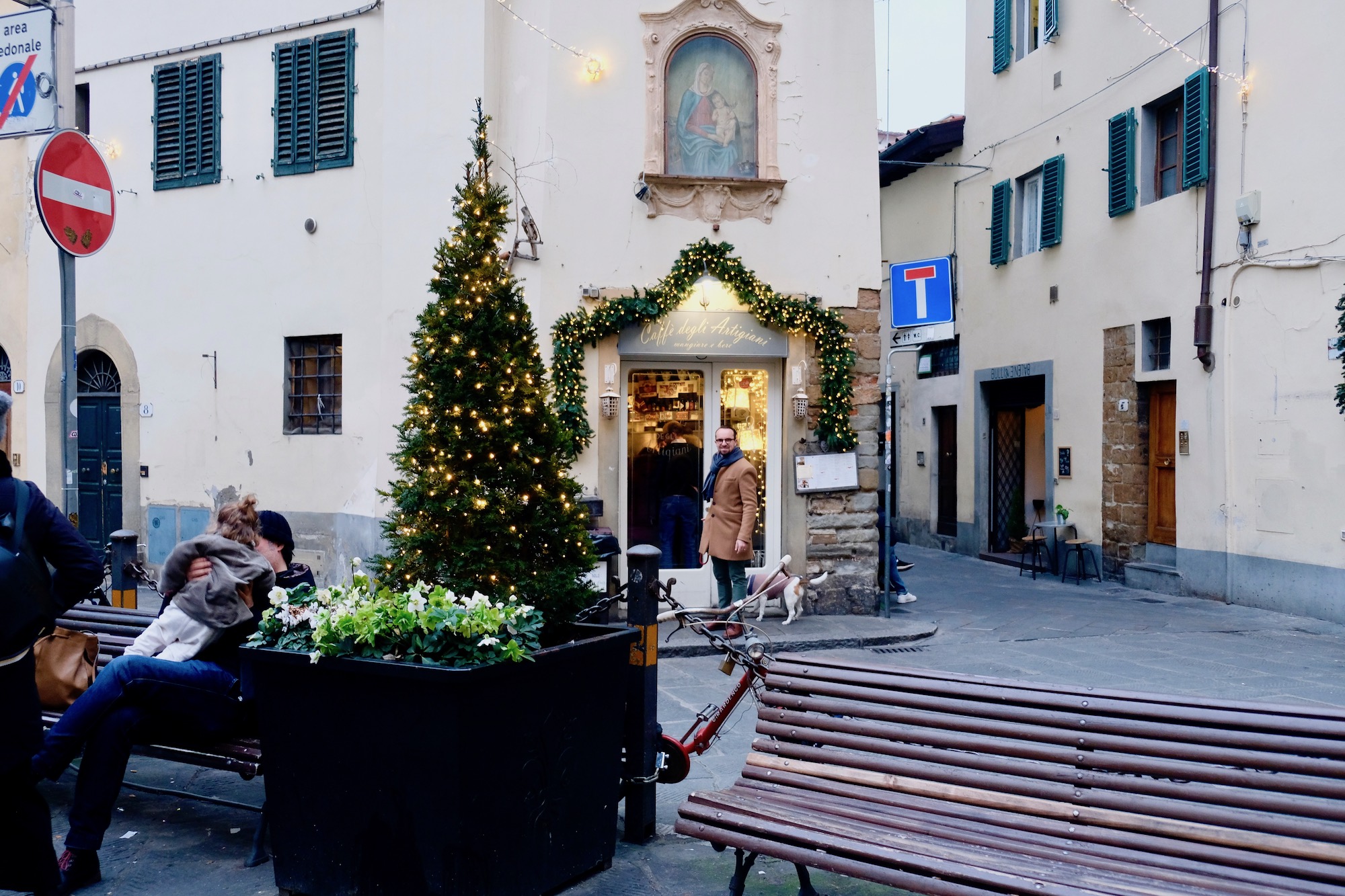
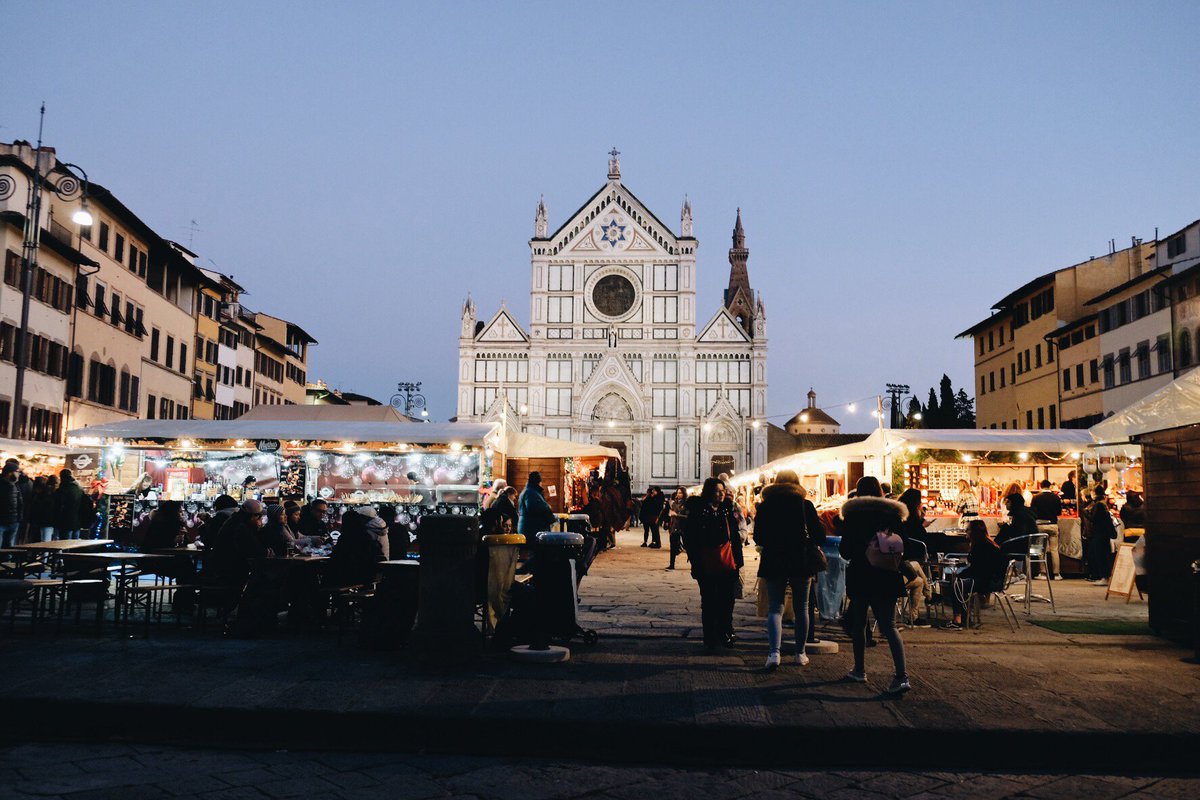
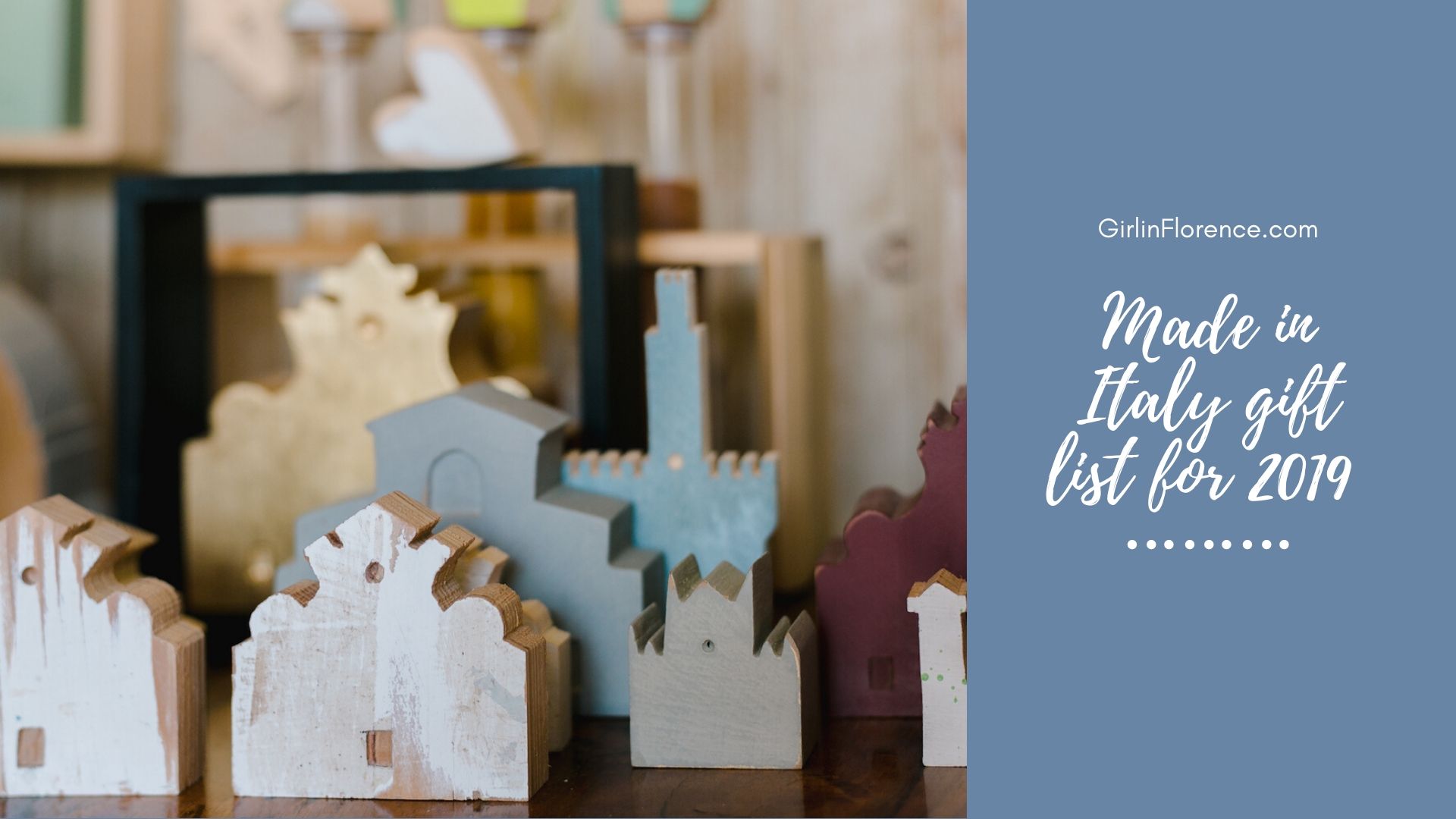
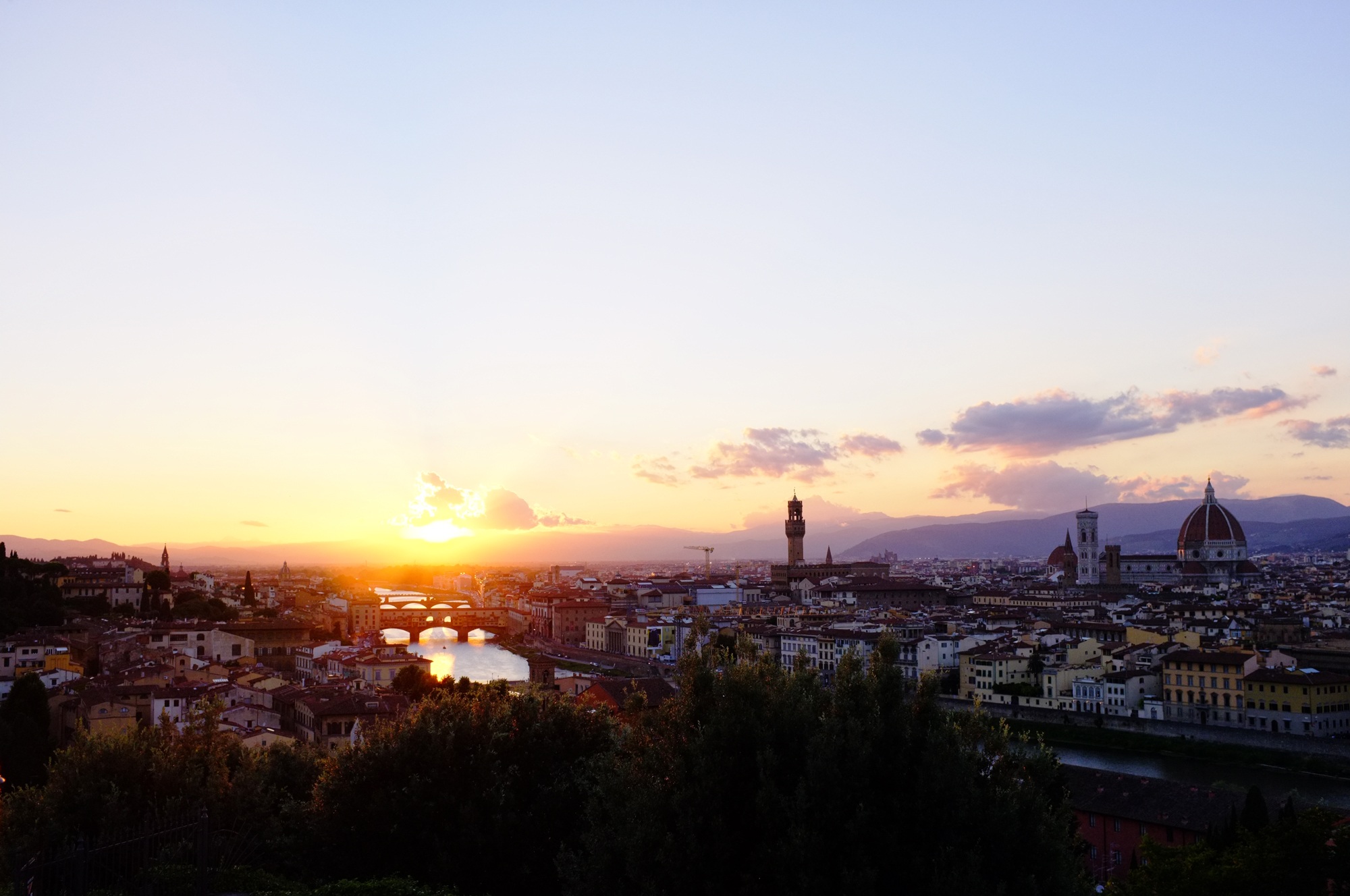
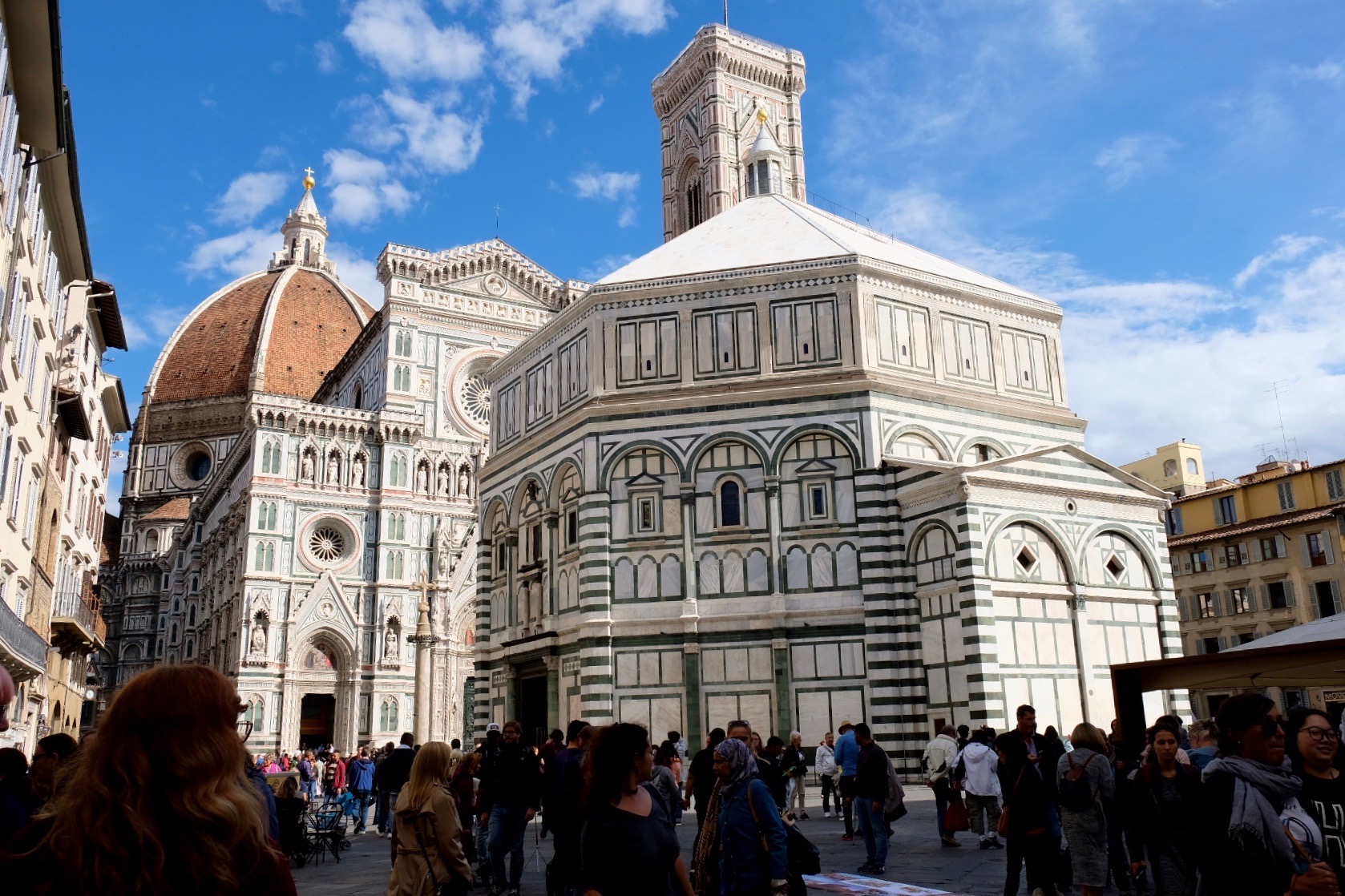
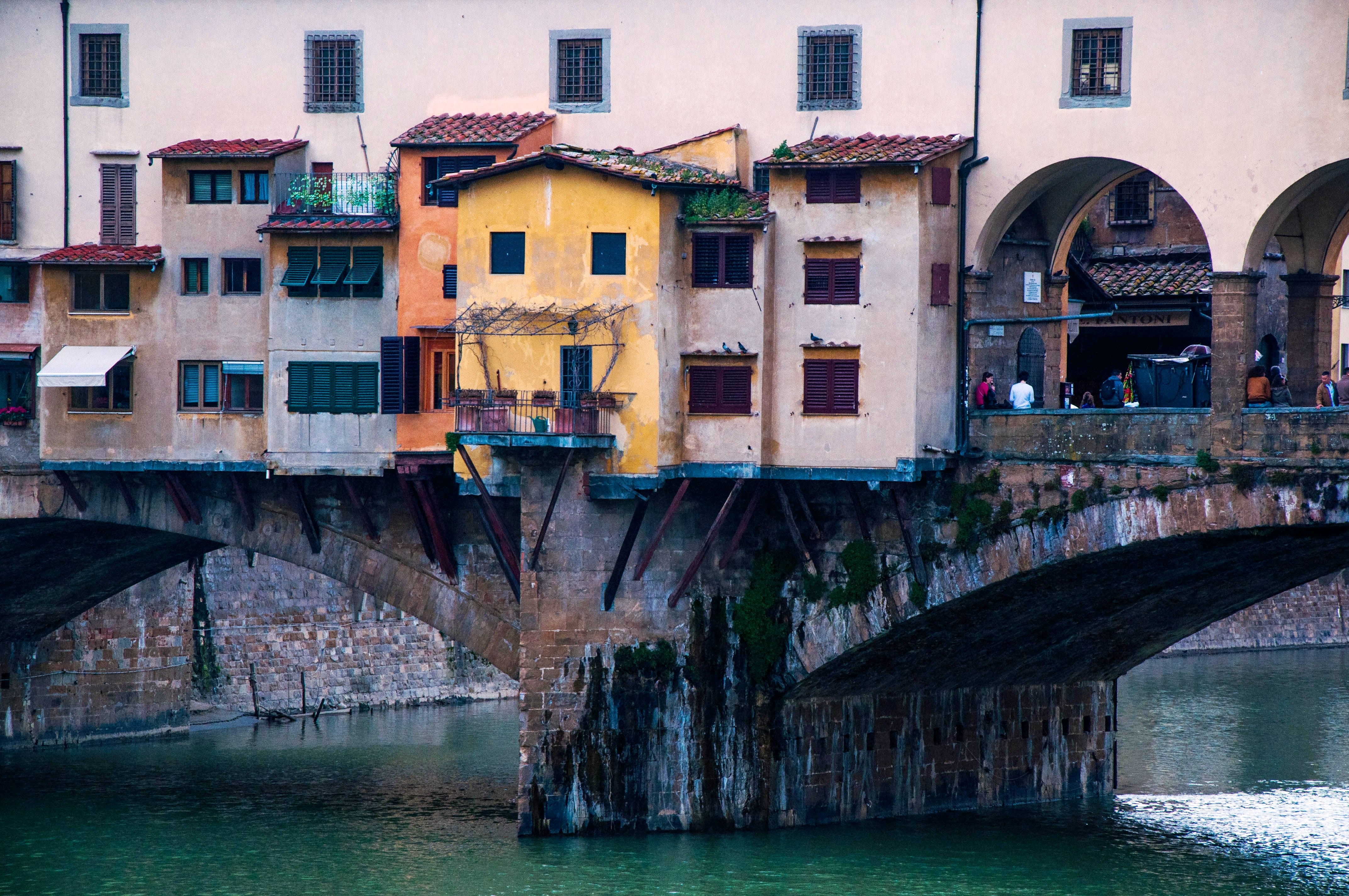

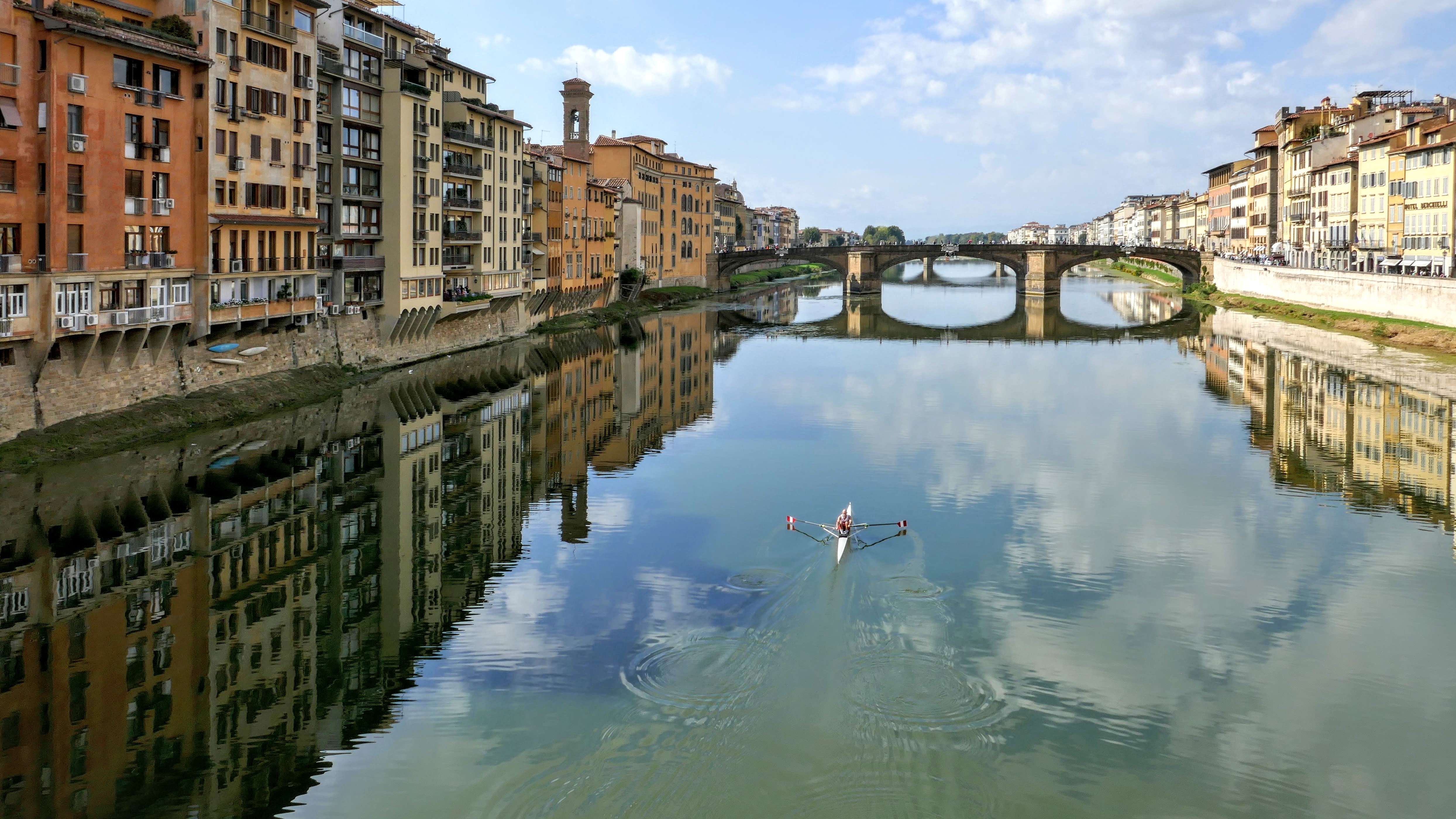
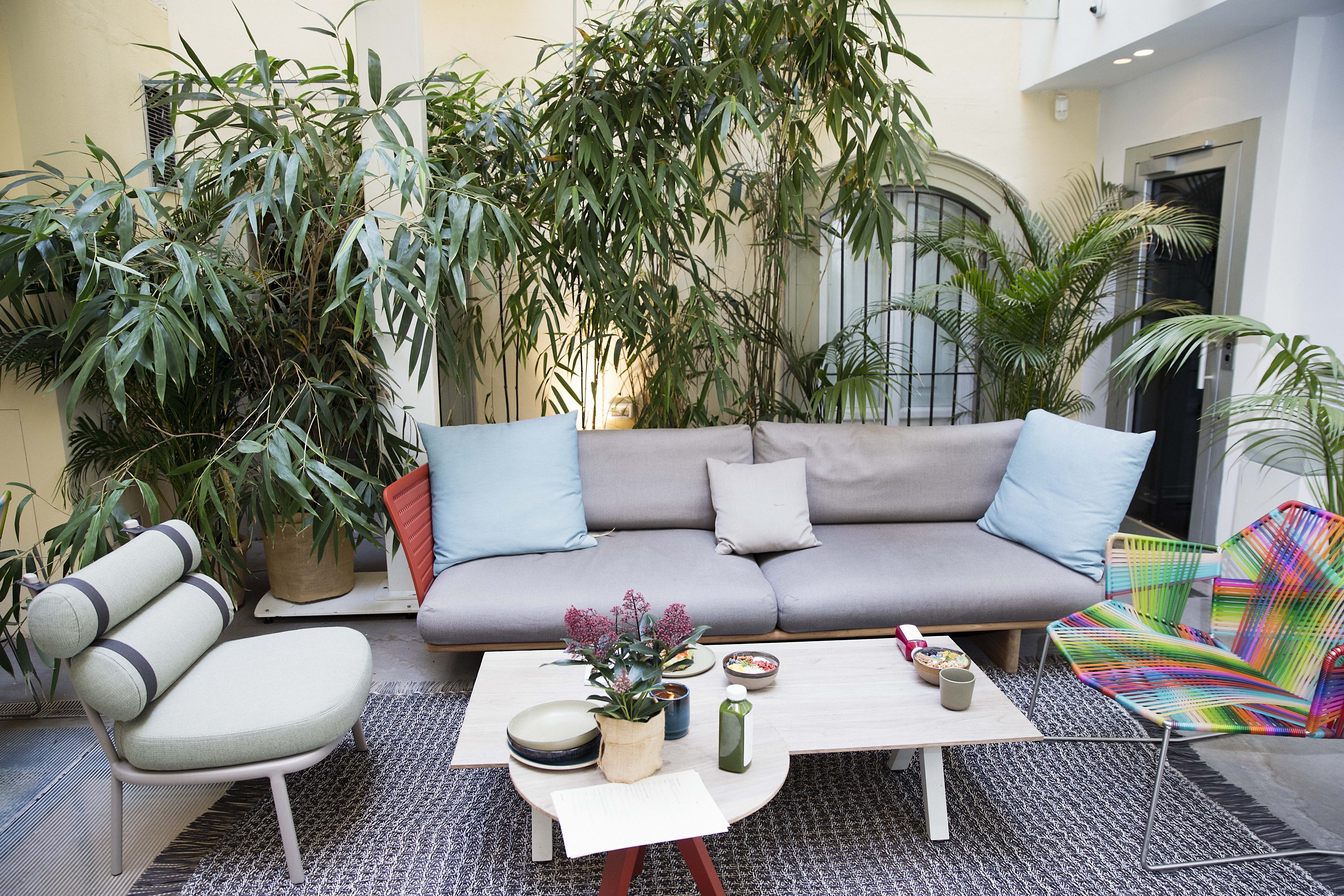
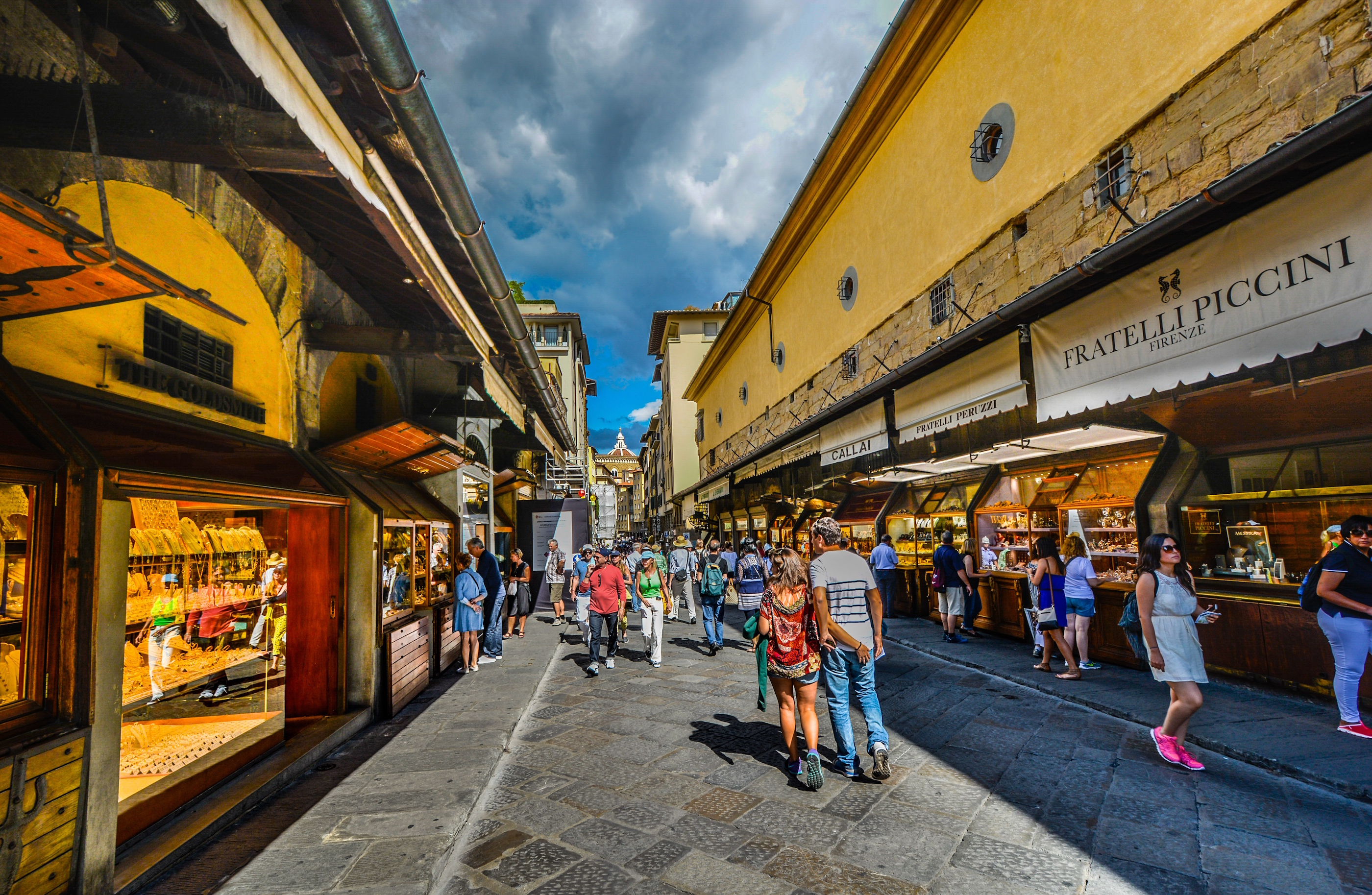


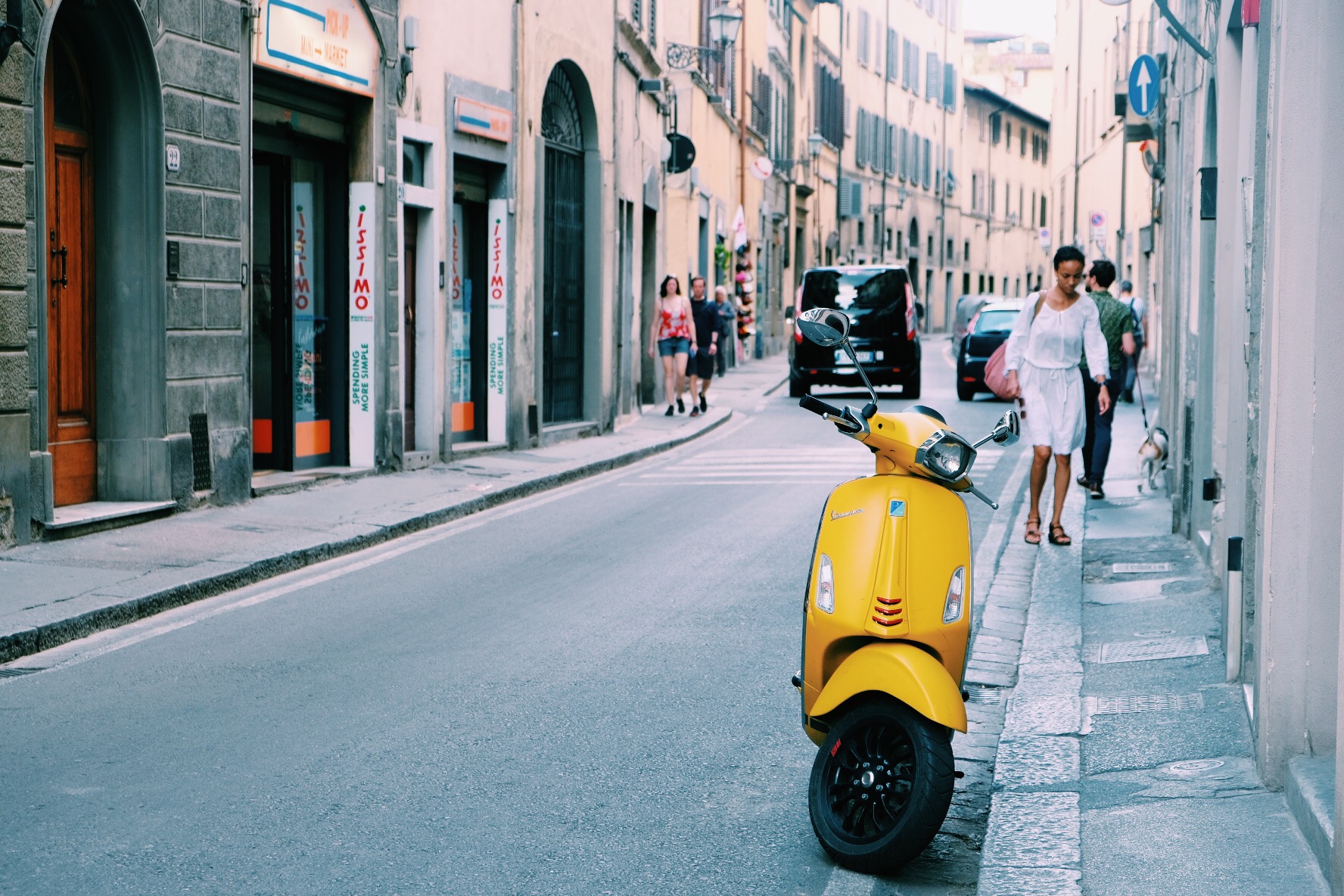
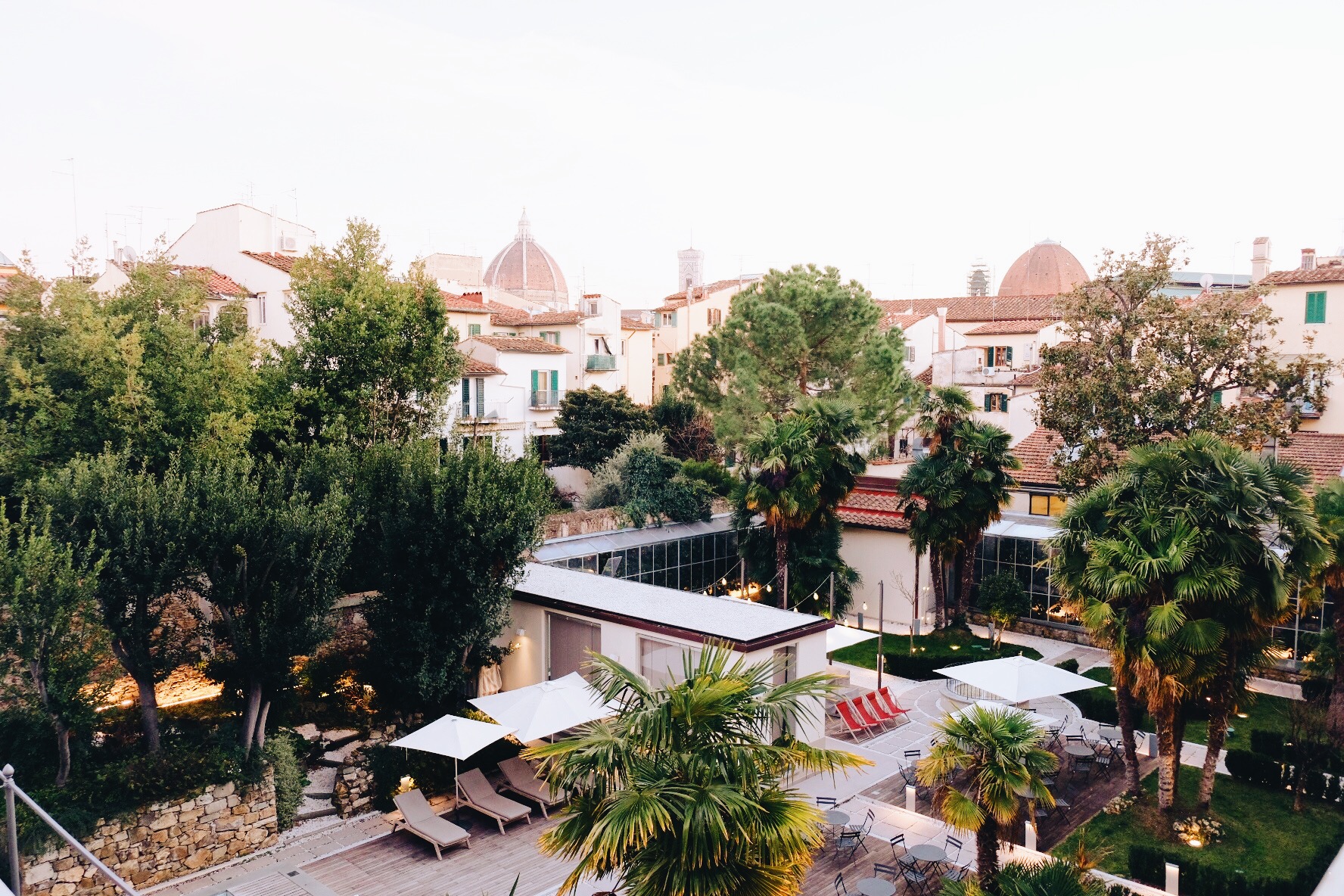
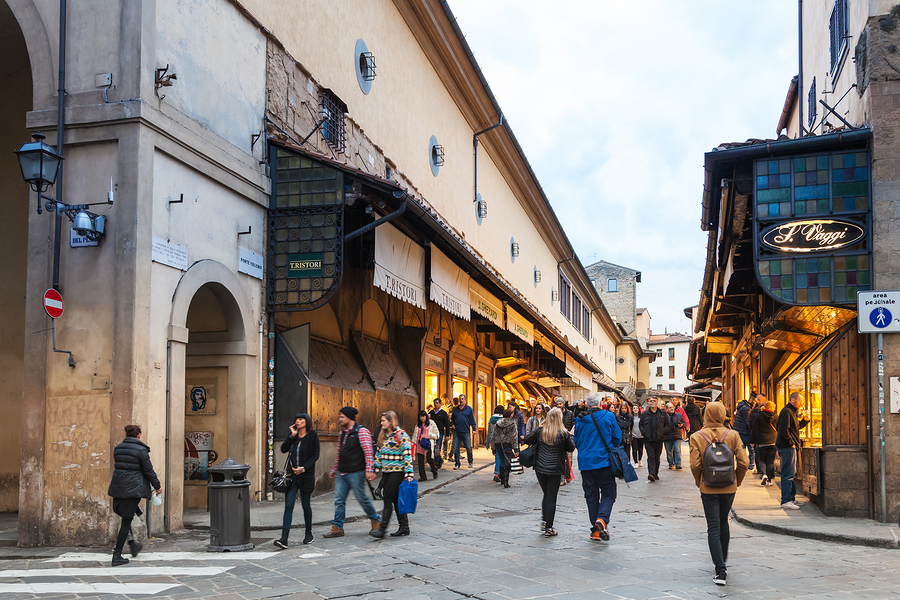
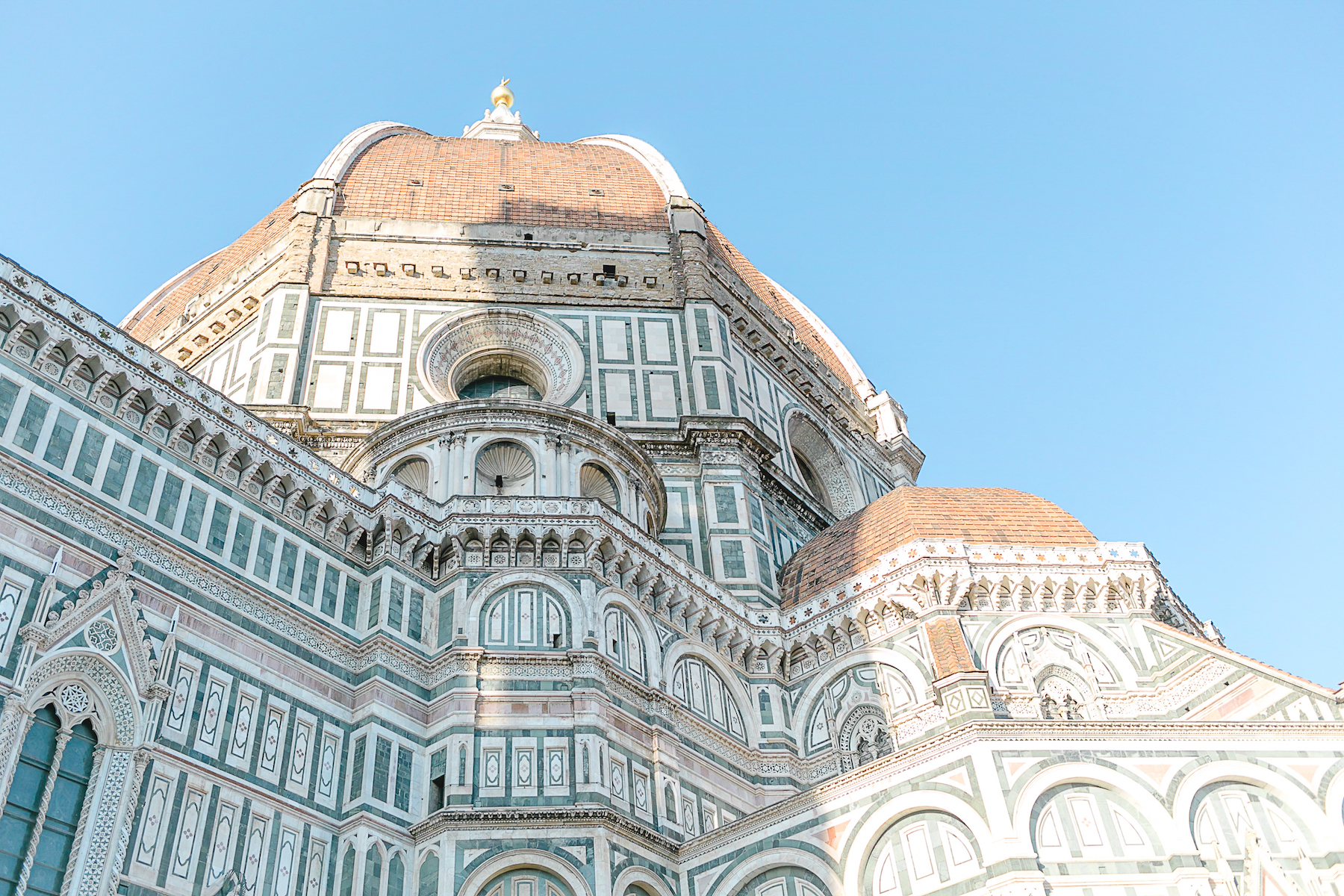
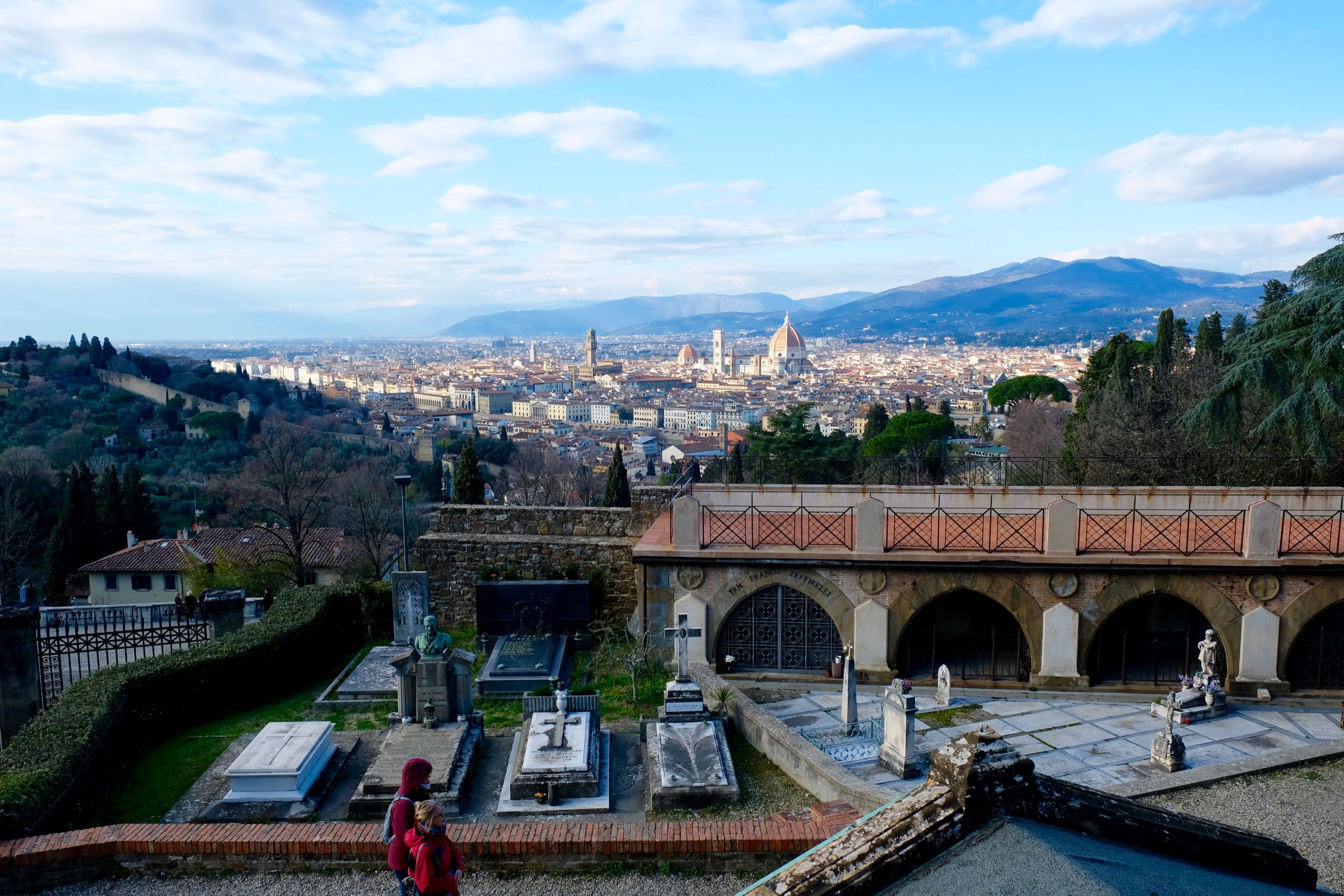
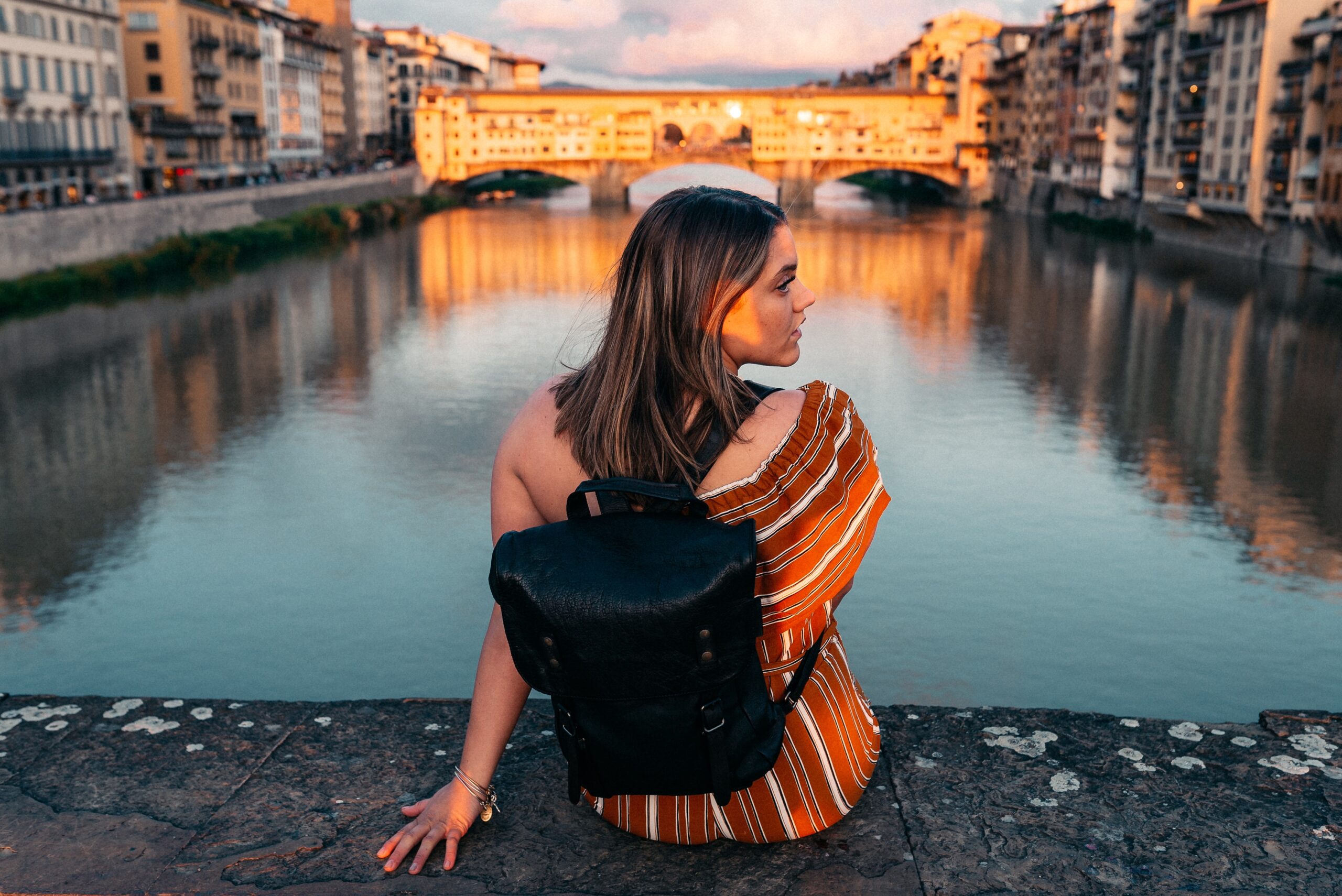
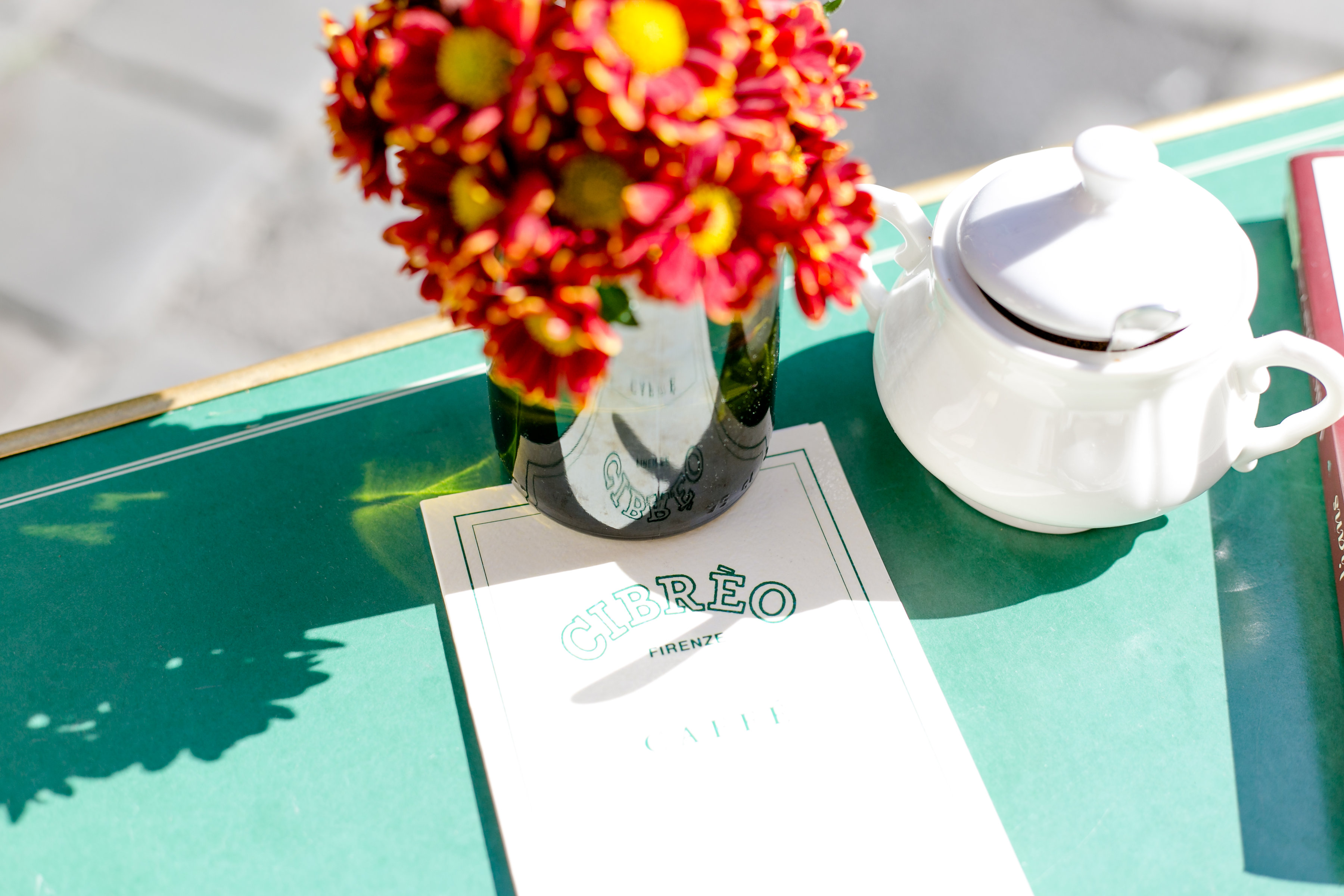
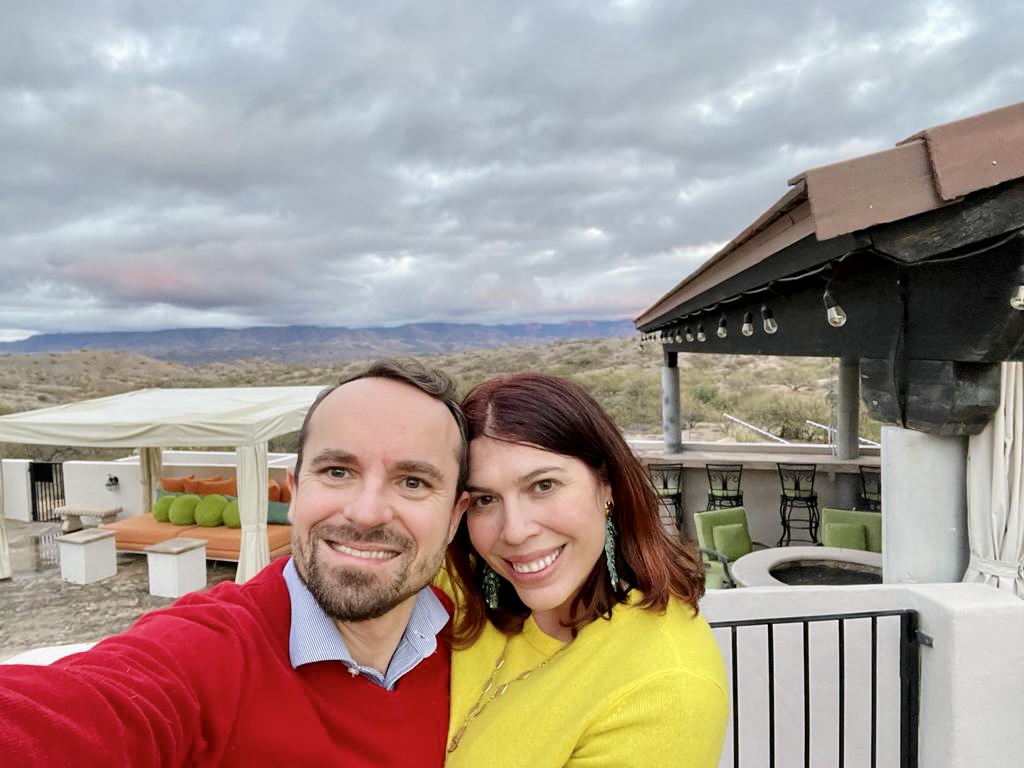





6 Responses
Thank you for this information. I will make a donation today.
Everyone should see “the David” at least once! It is awe-inspiring. Grazie mille for sharing! Also a great New York Times article recently about trying to save David was very worth while.
Hi Georgette.
How will the closure to the public of Santa Croce affect this project?
Thanks
Rosemary
Th project is still ongoing, so the closure won’t affect the renovations but I’ll keep you posted on anything I hear..
just to correct…there is no only one original Pieta….Michelangelo made few of them (one is in Rome, one i Firenze, one in Milano…) and all of them are original but the one that is well-known is the one in Roma 🙂
I love this! I also liked Michelangelo and the Pope’s Ceiling by Ross King.
Such a stunning artist!